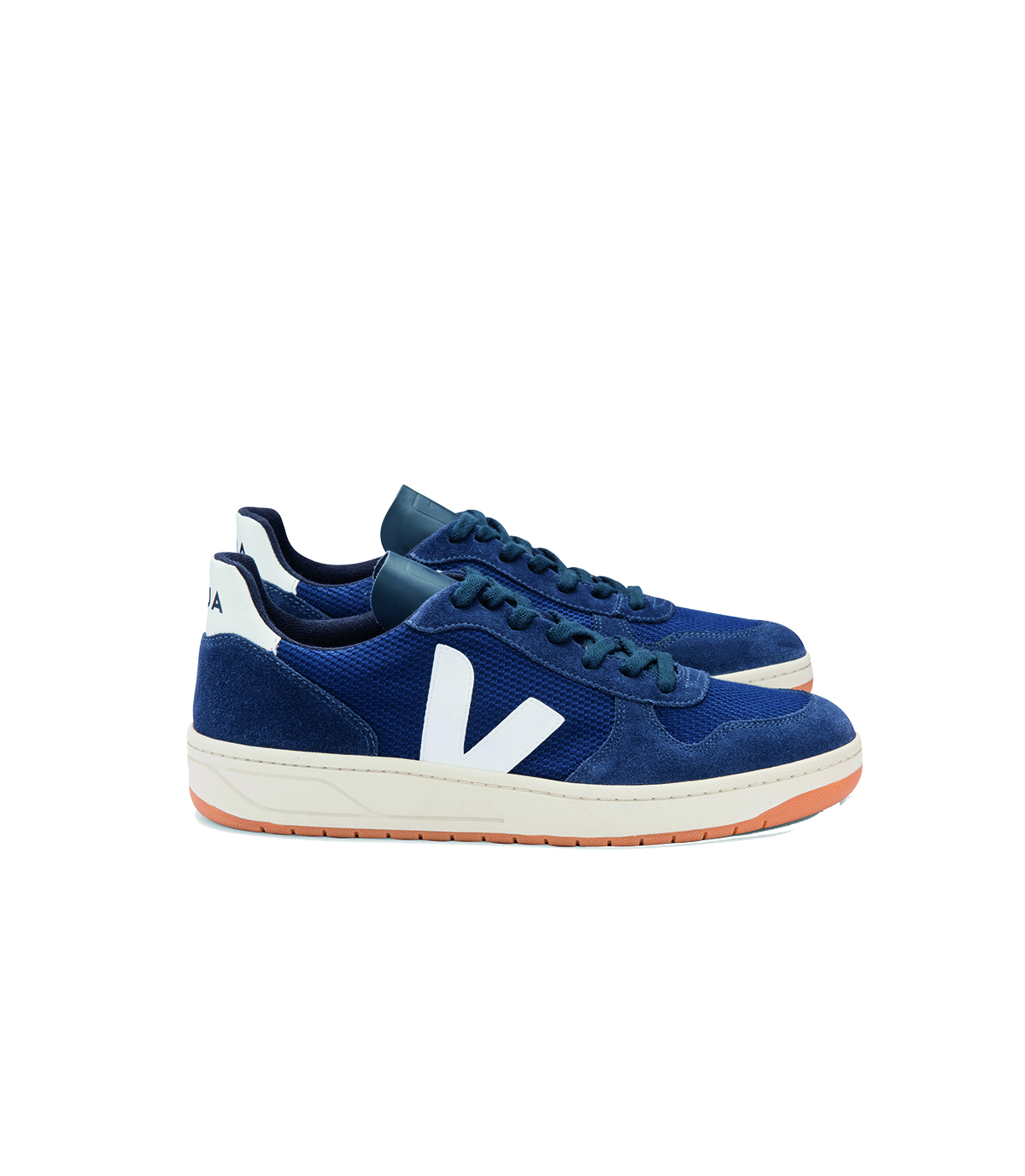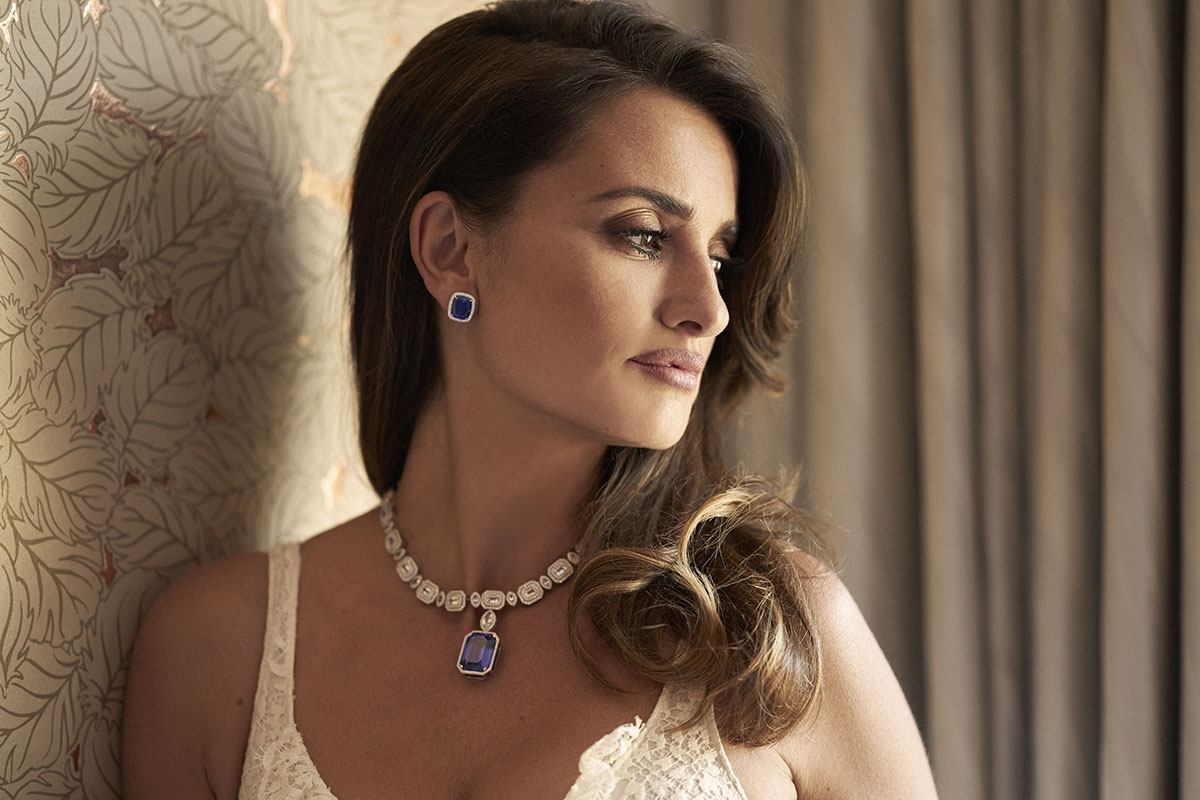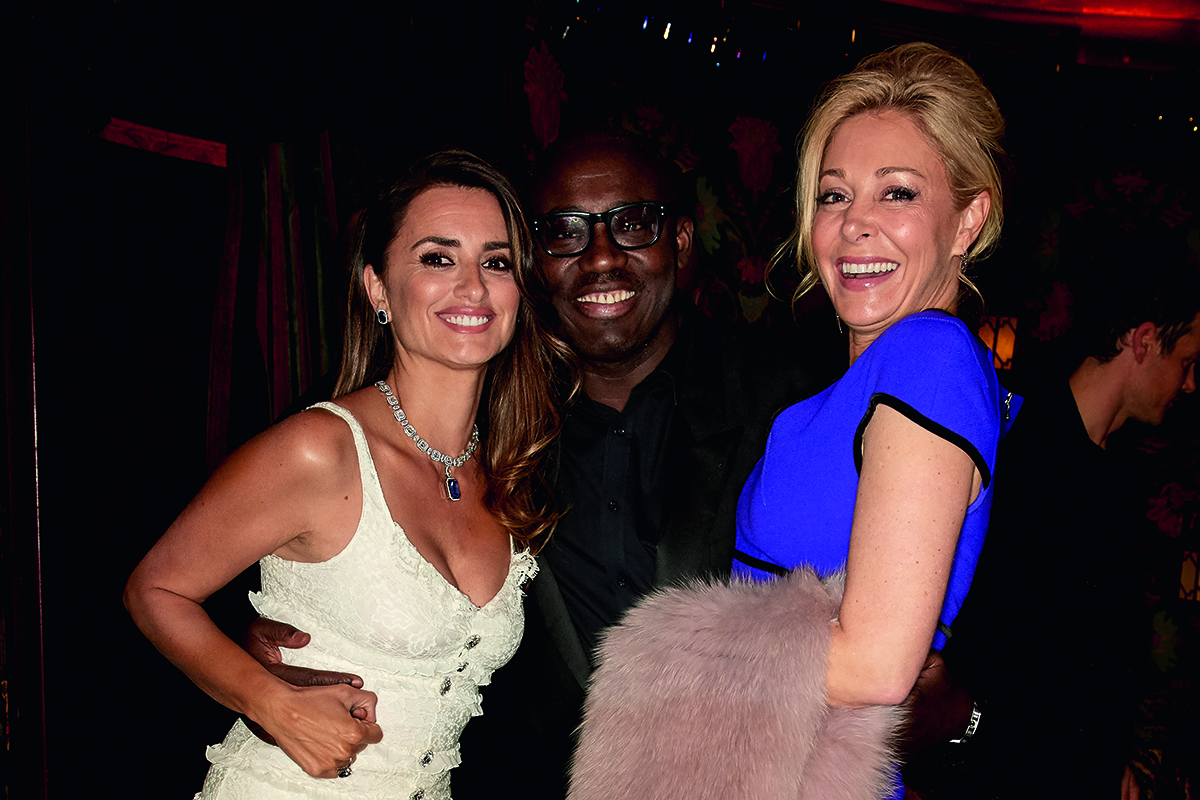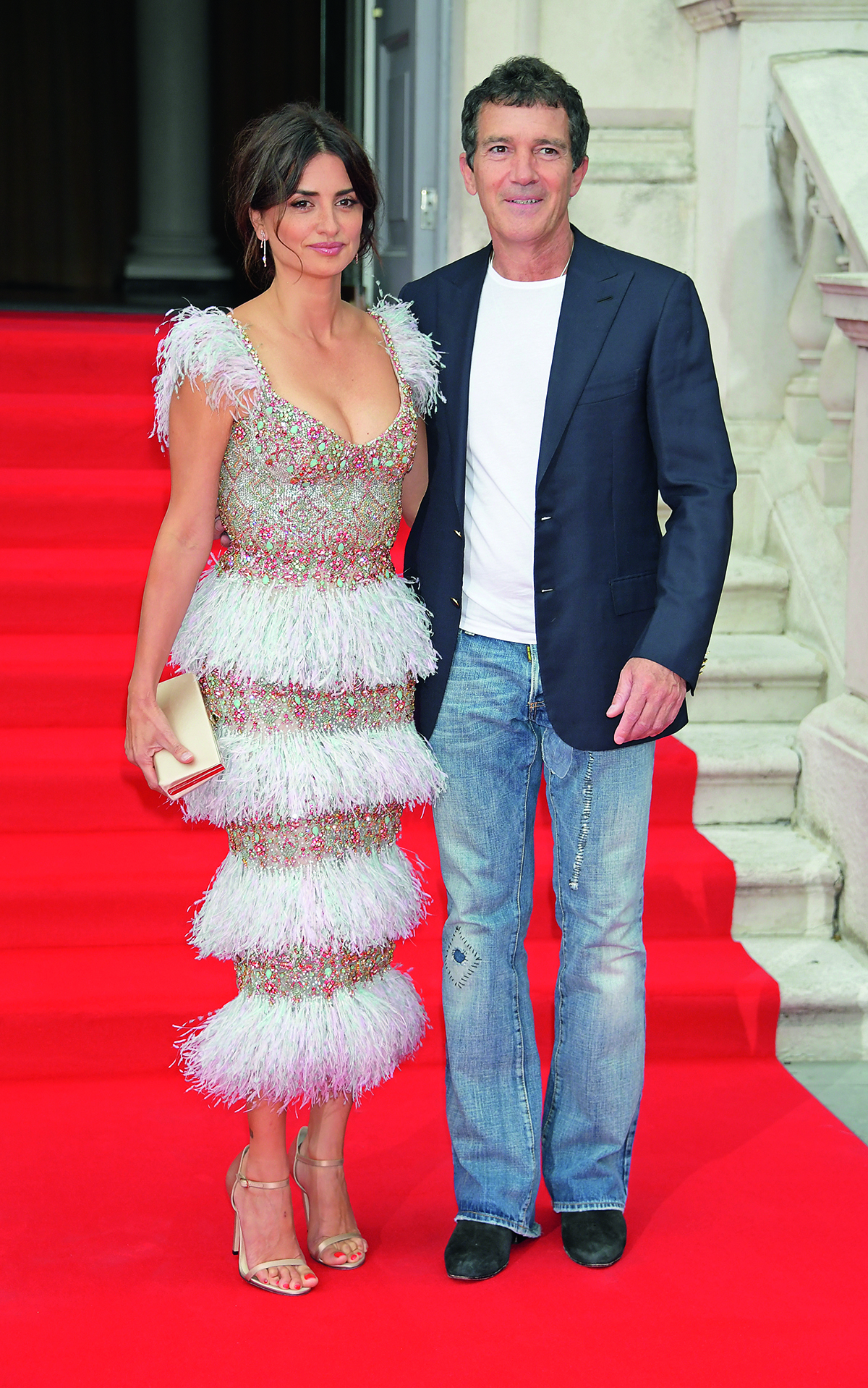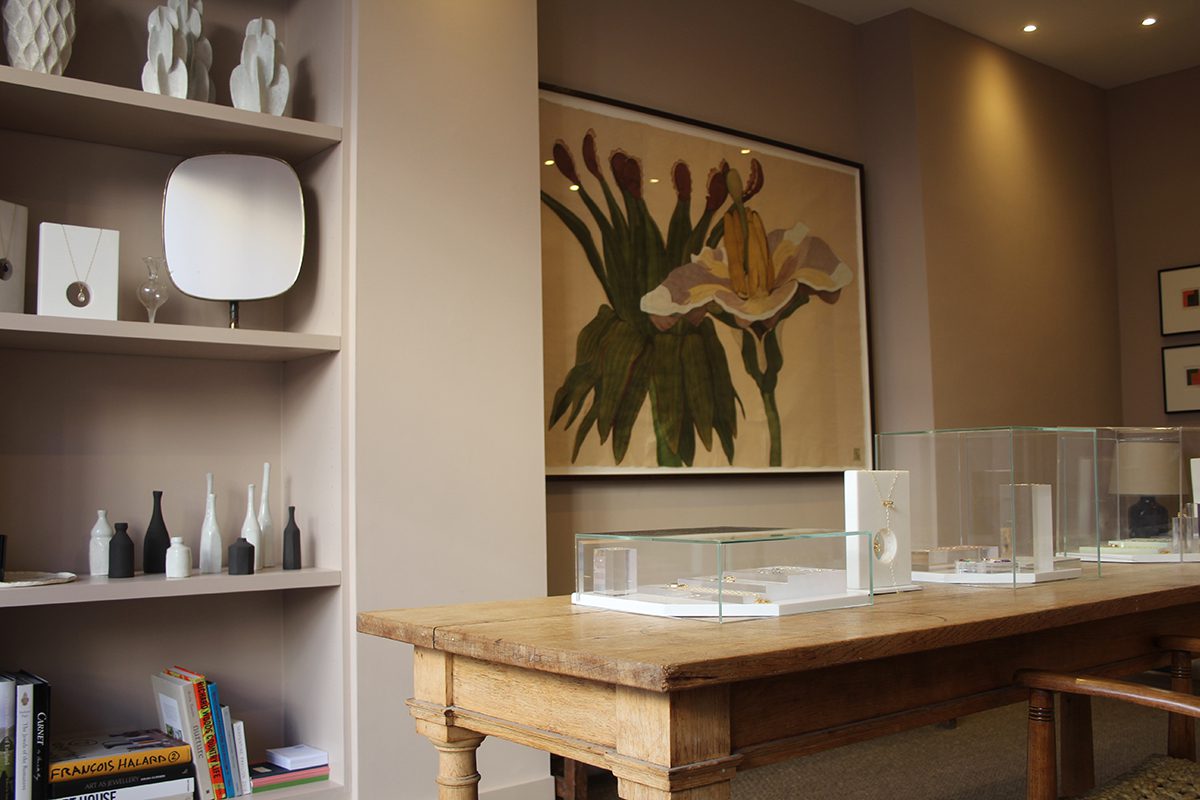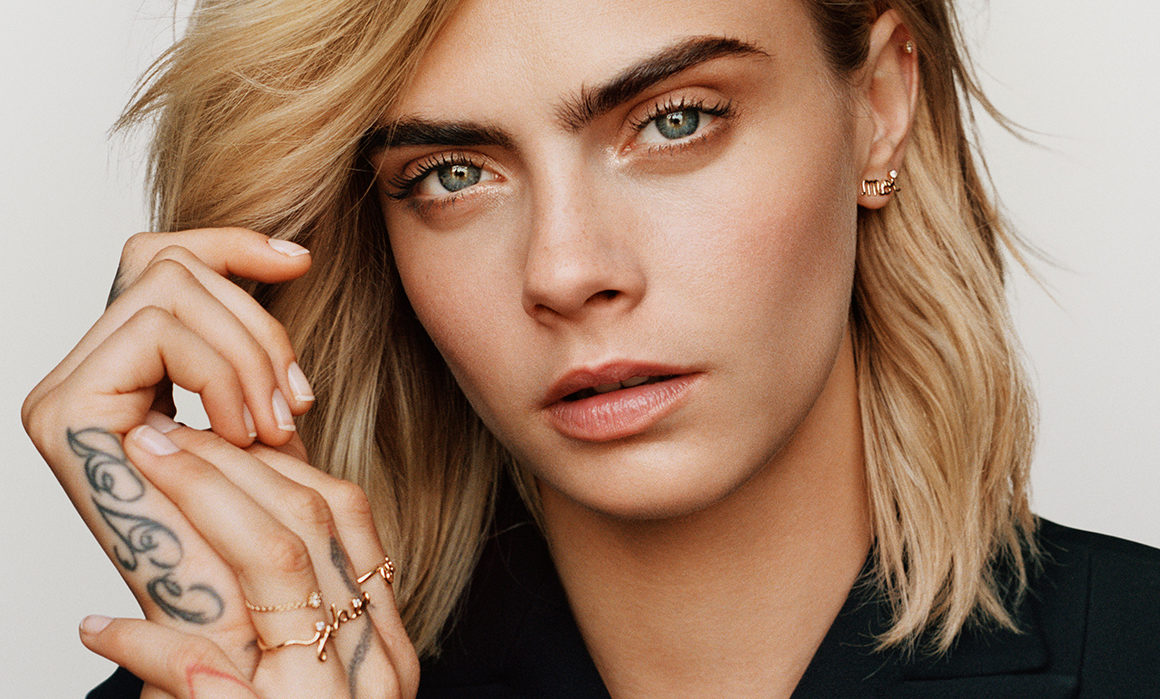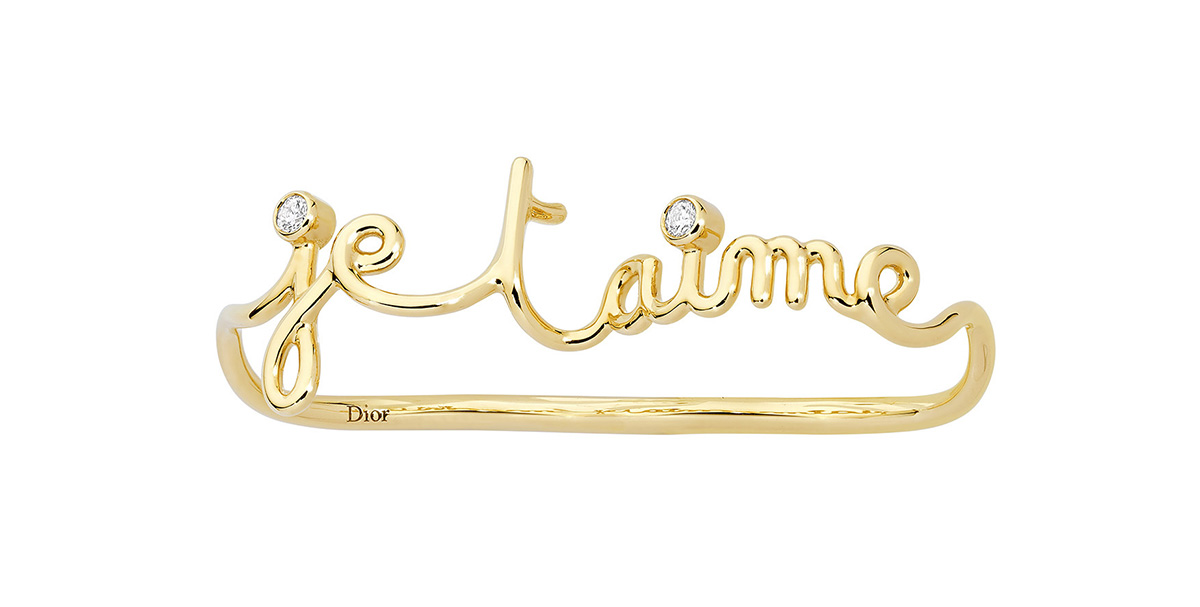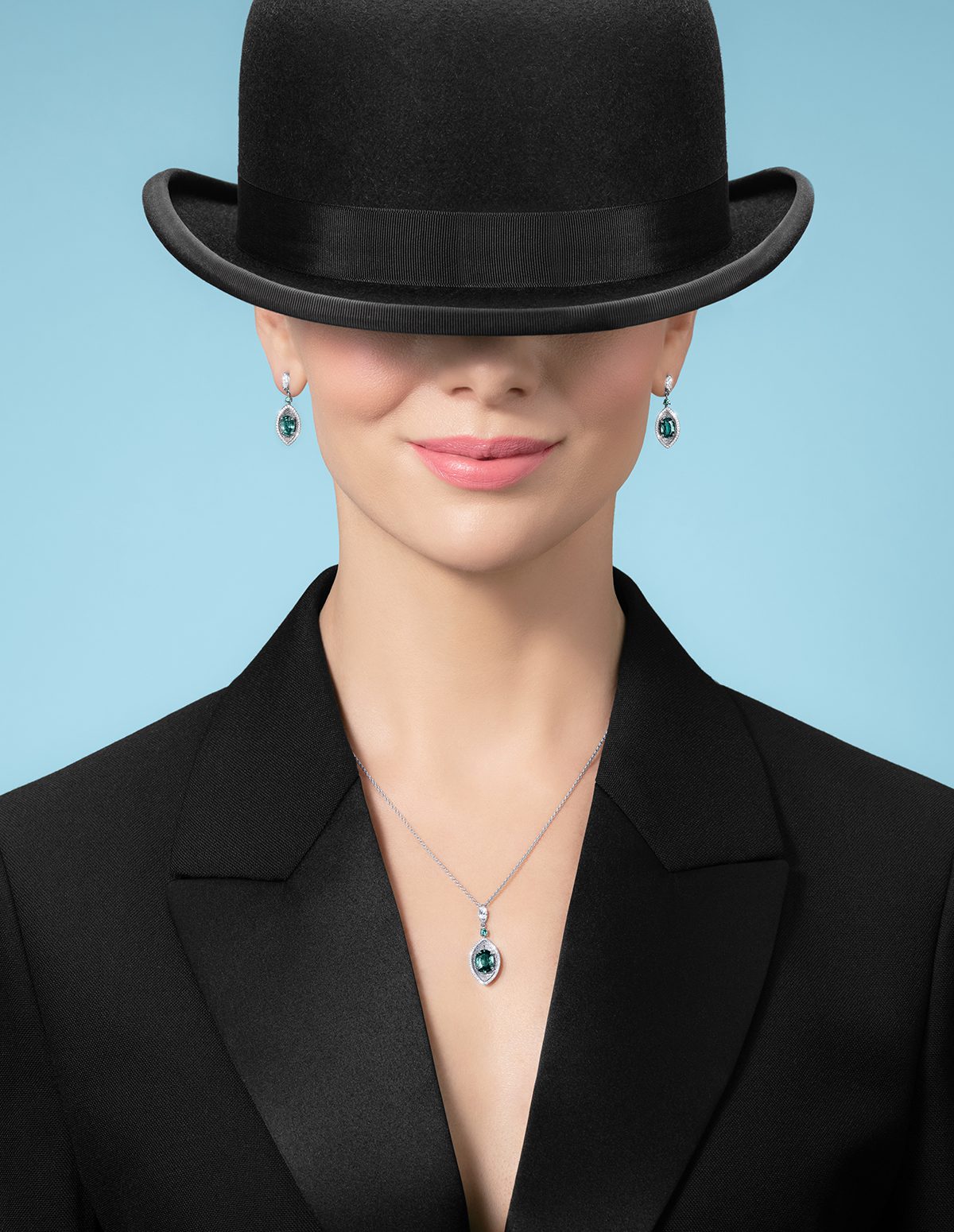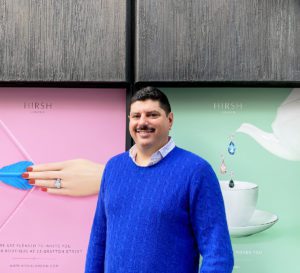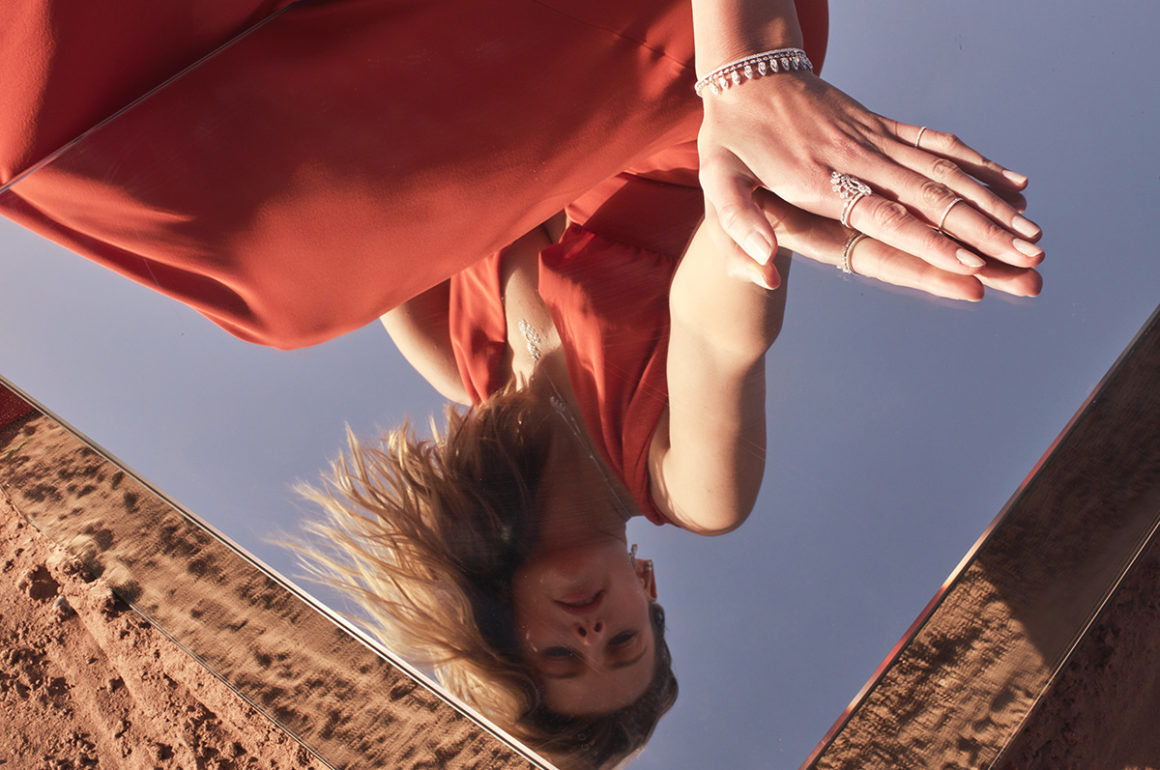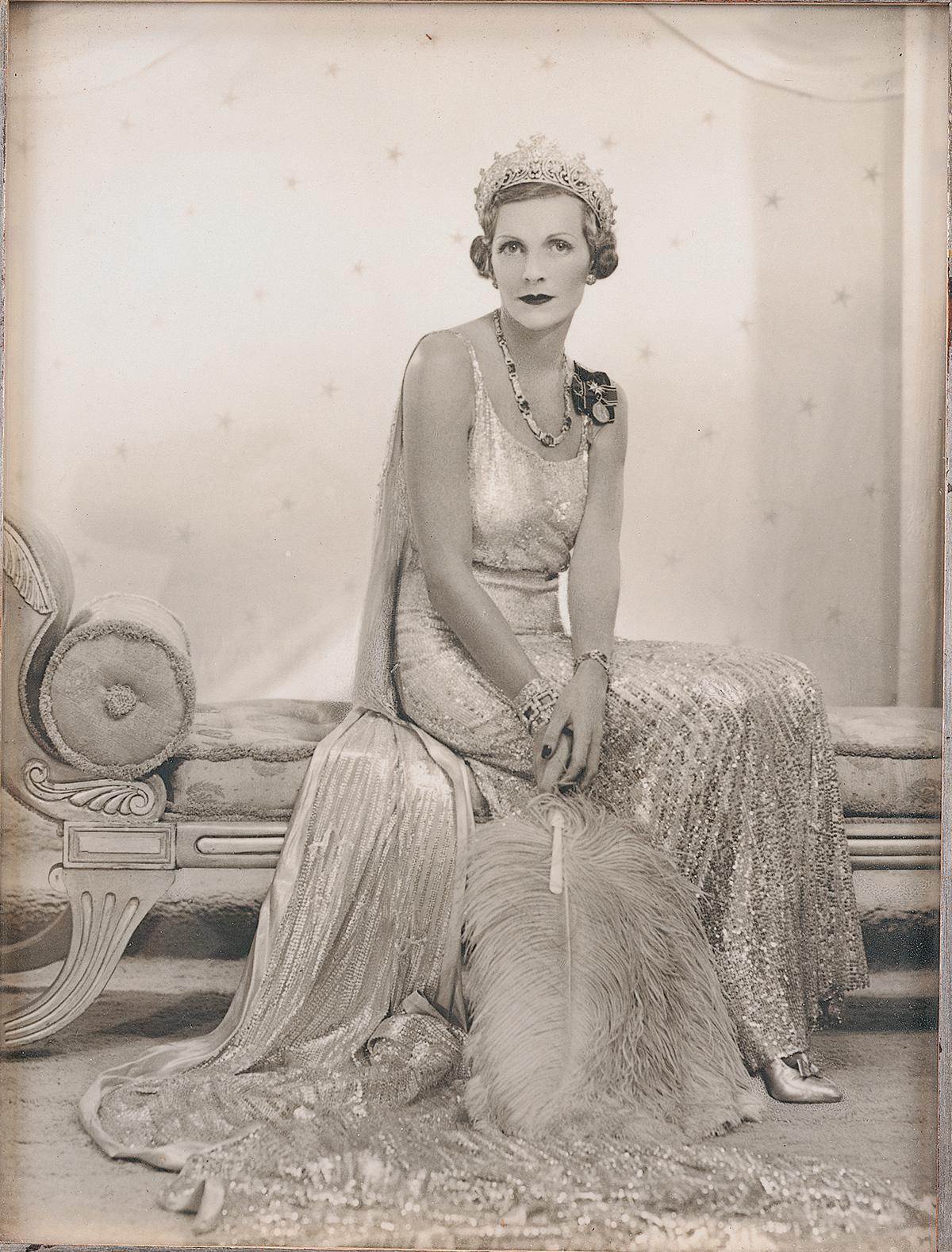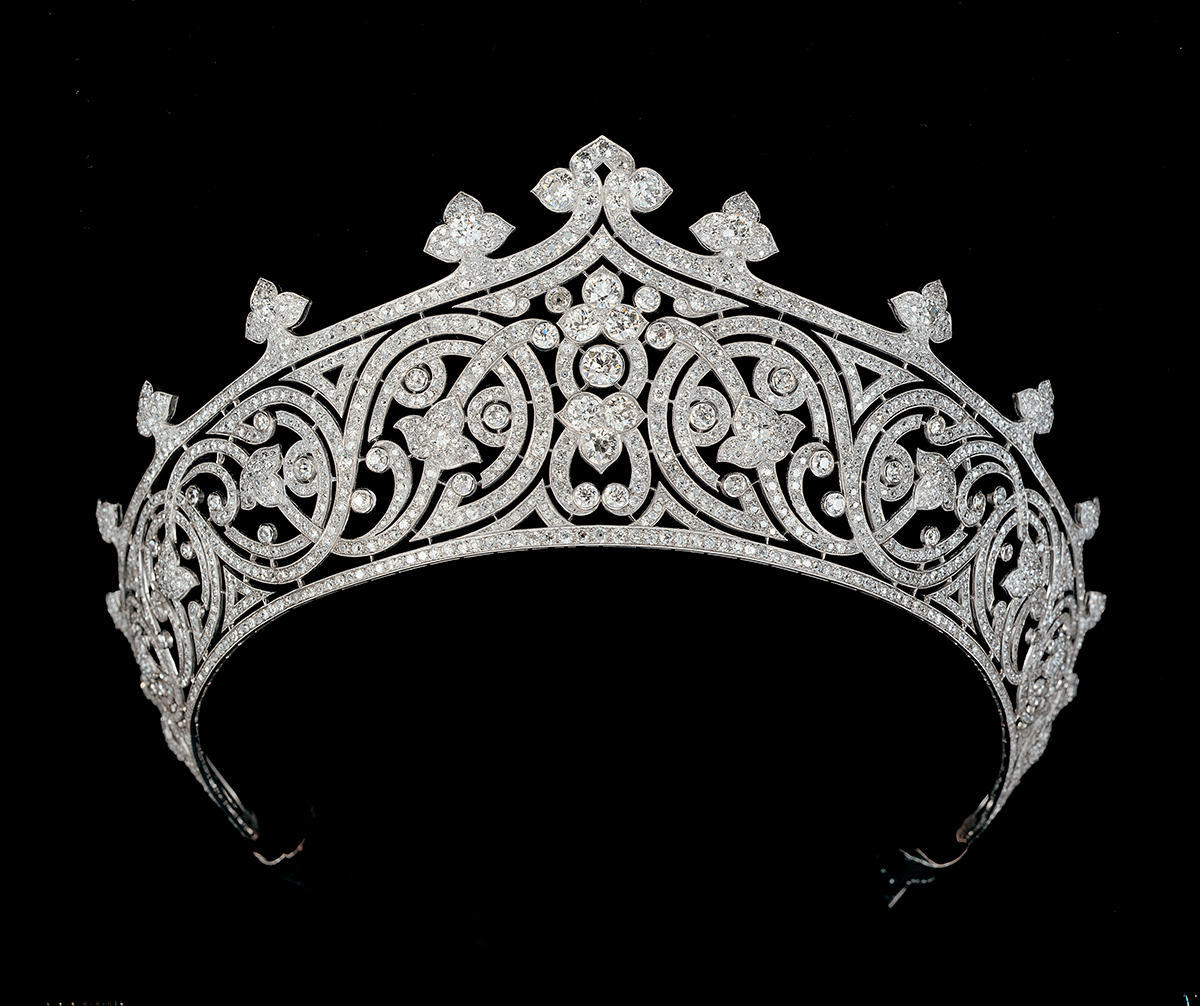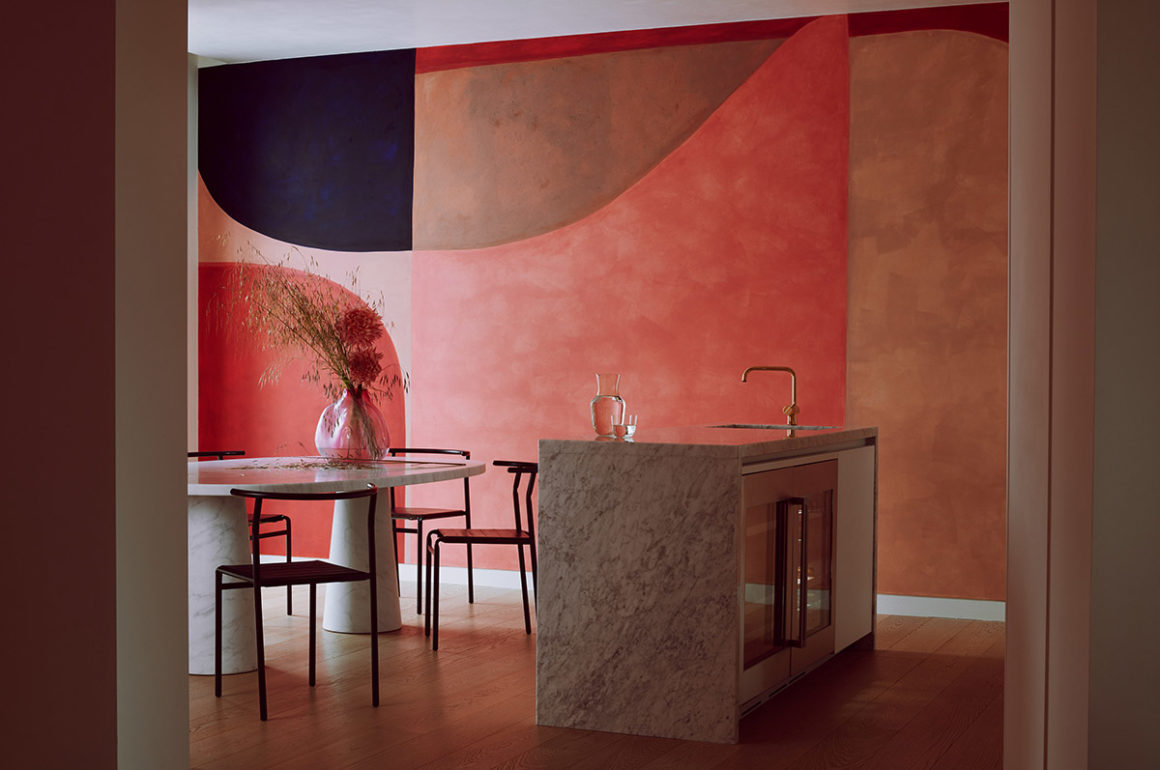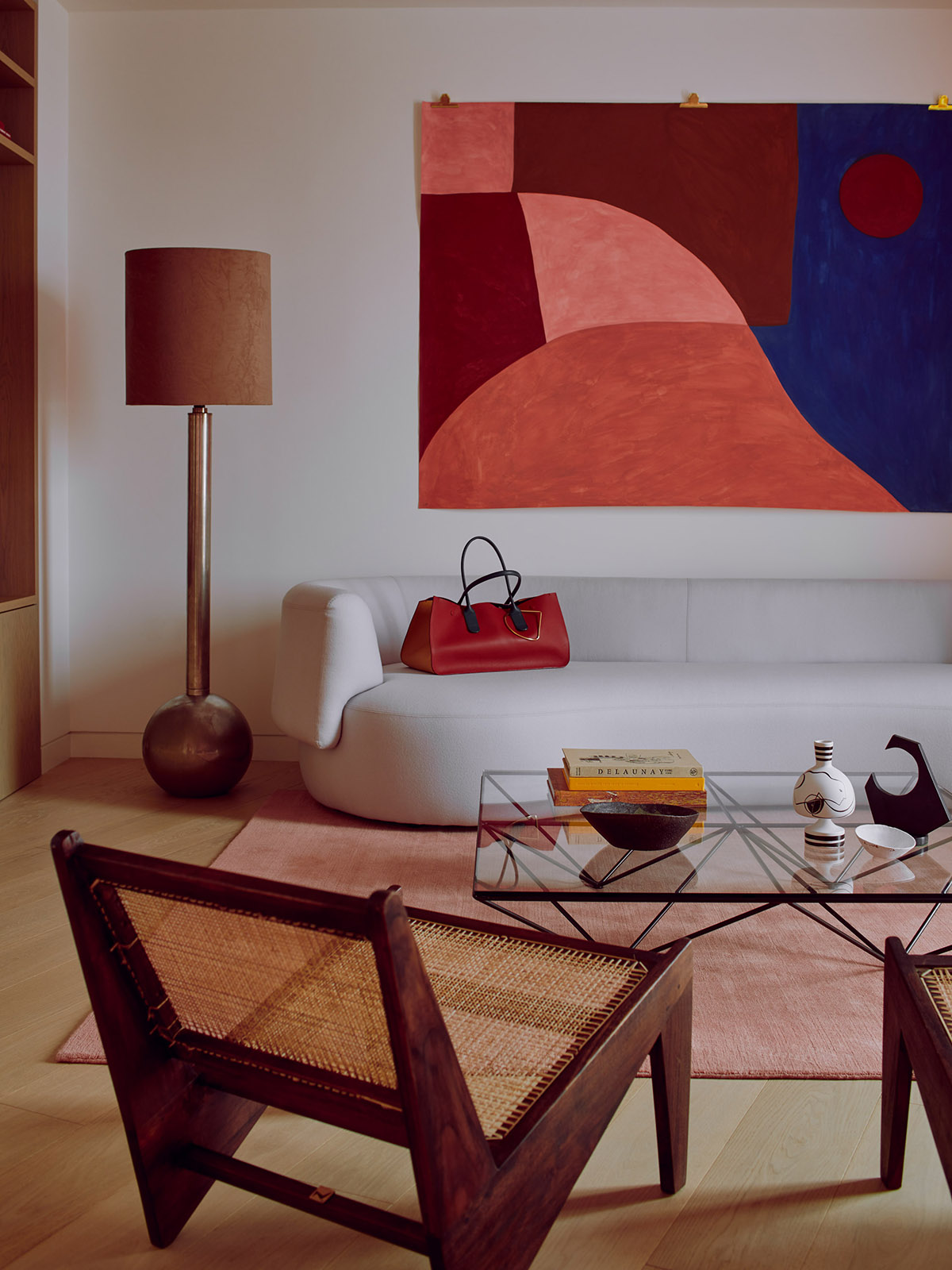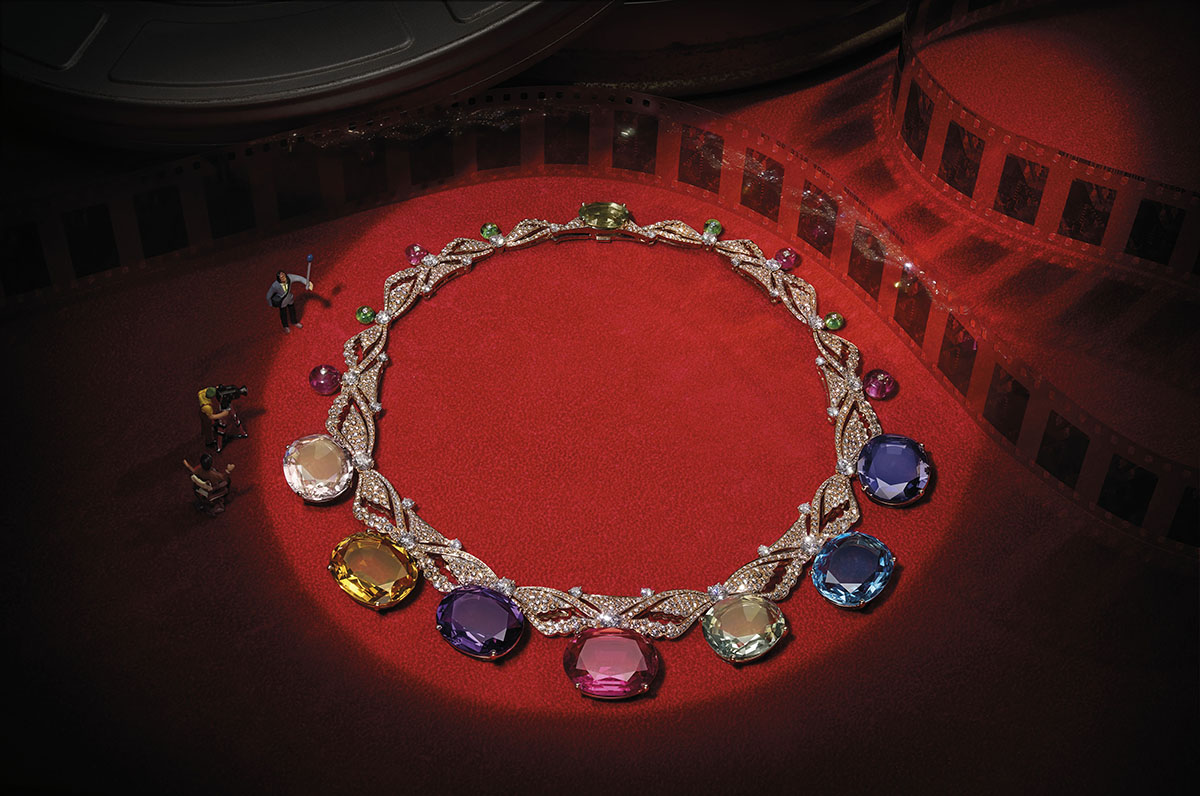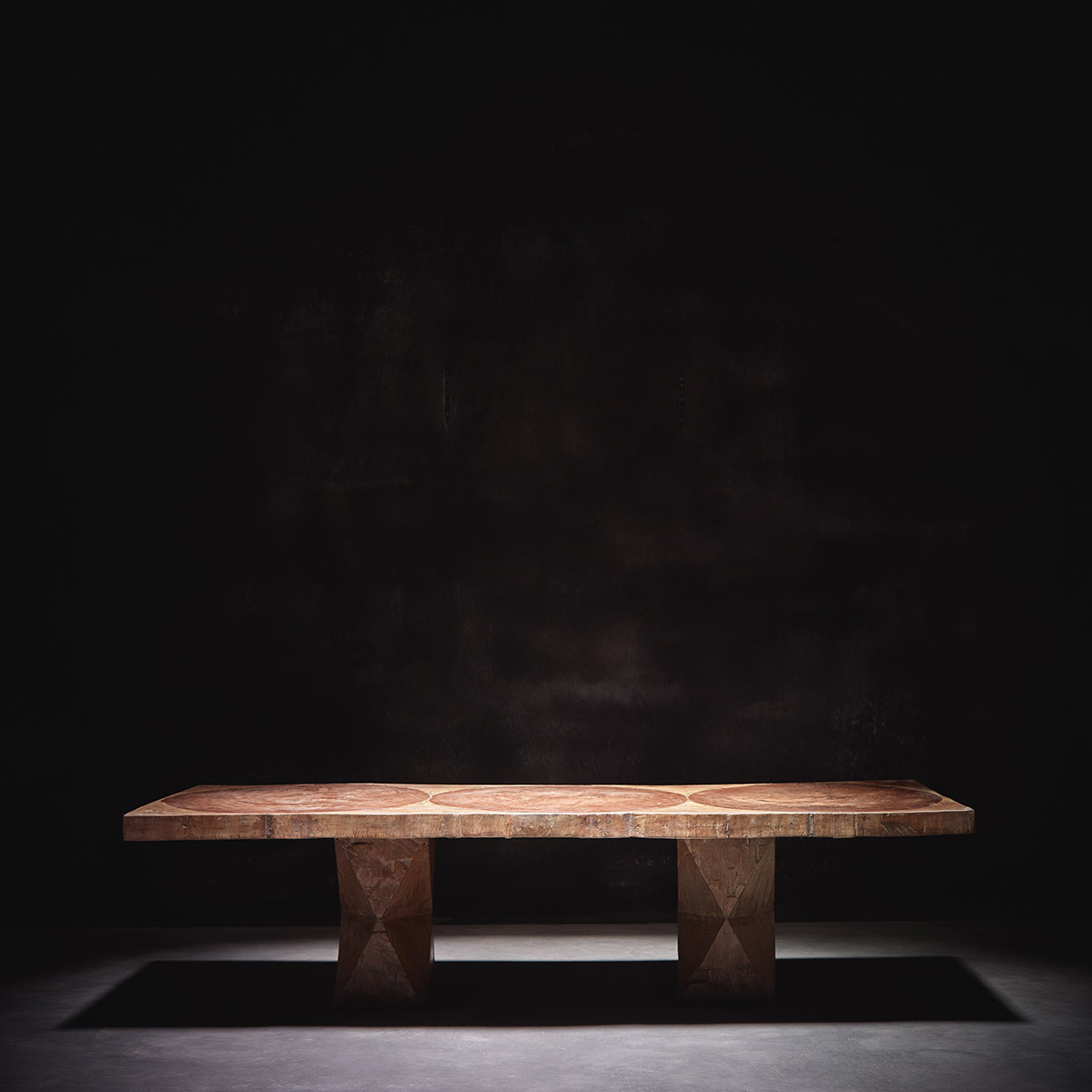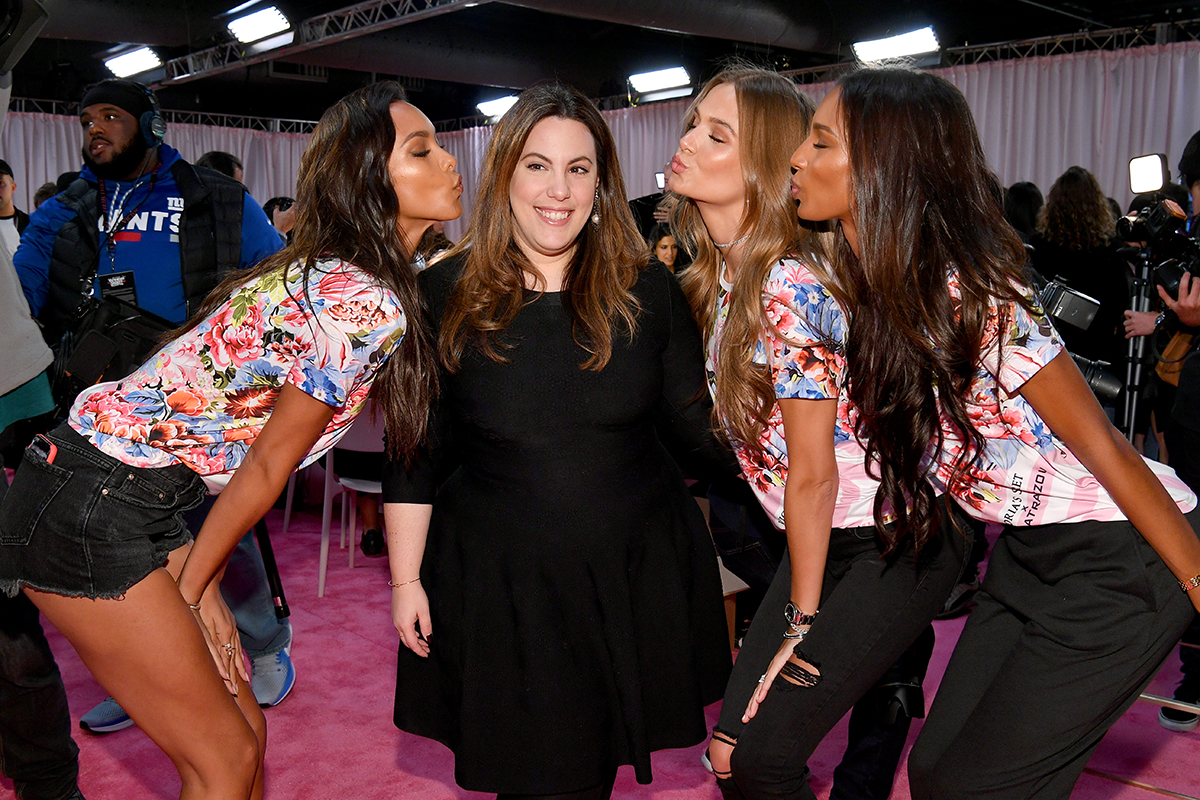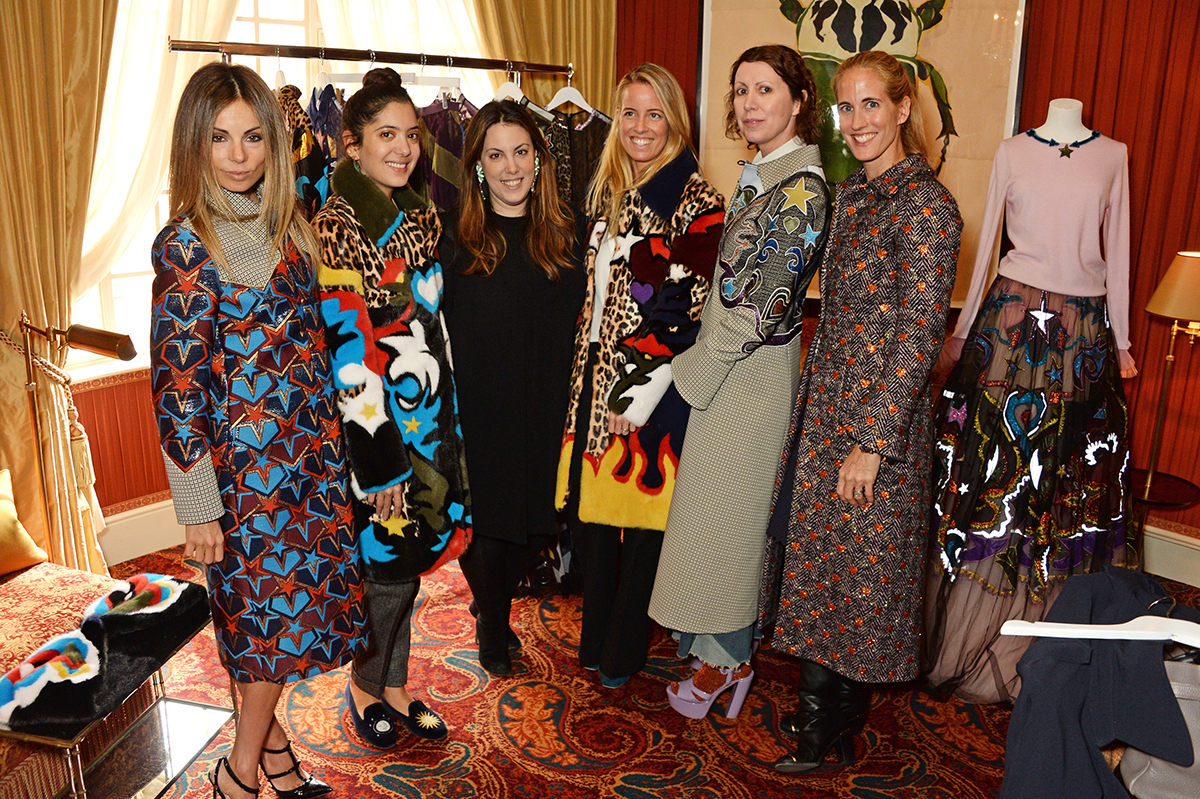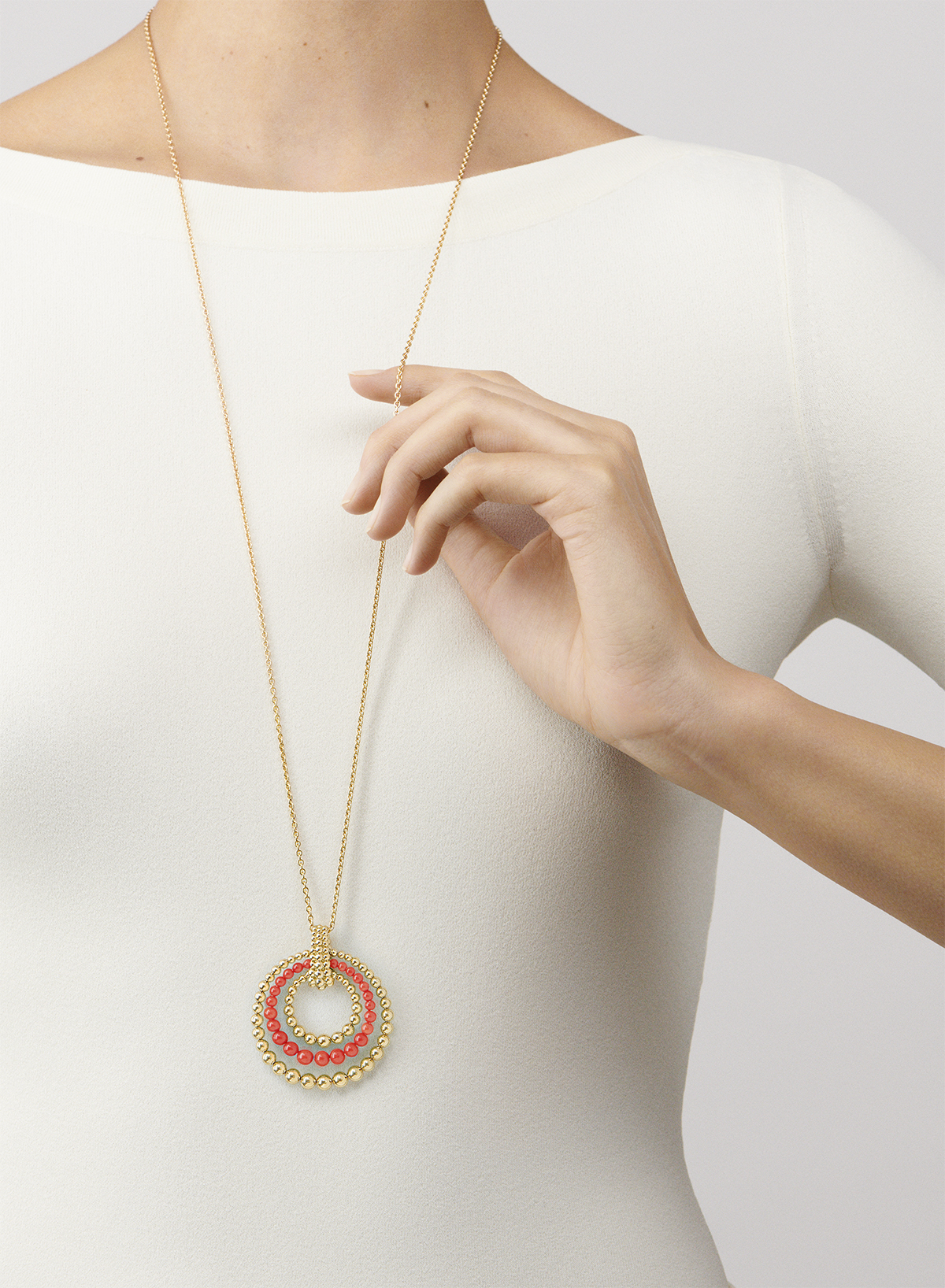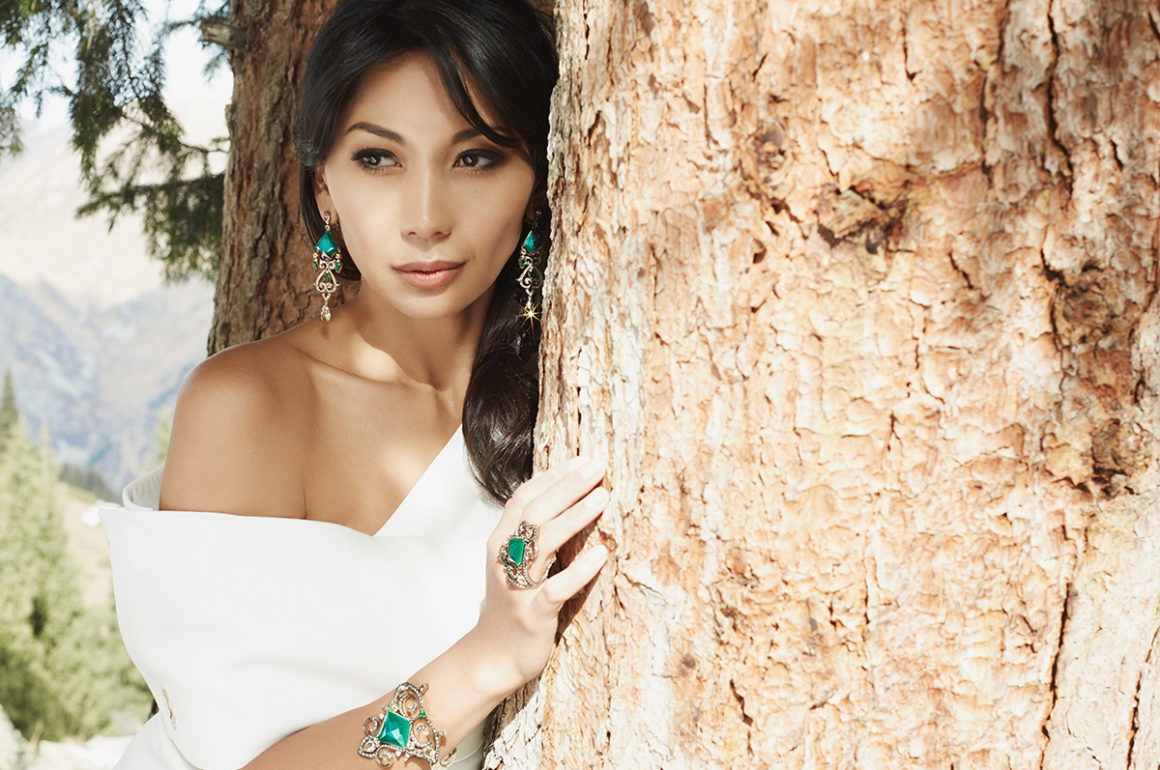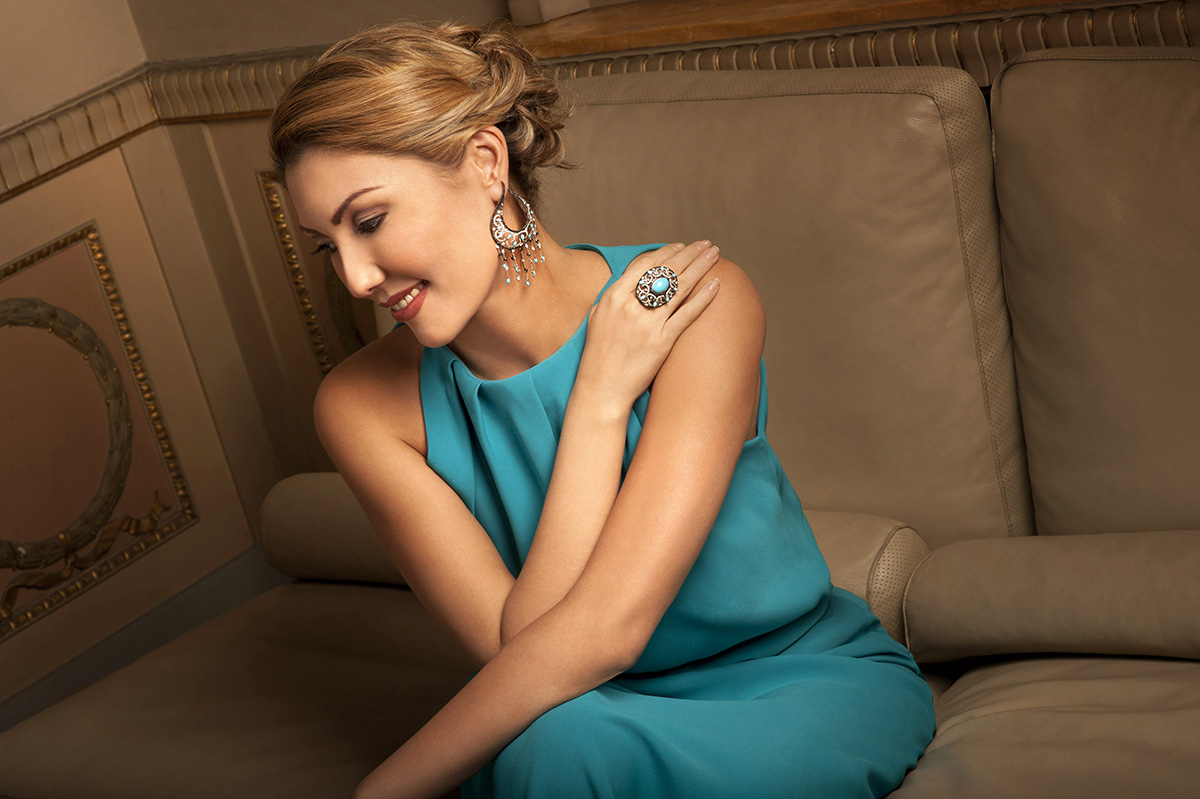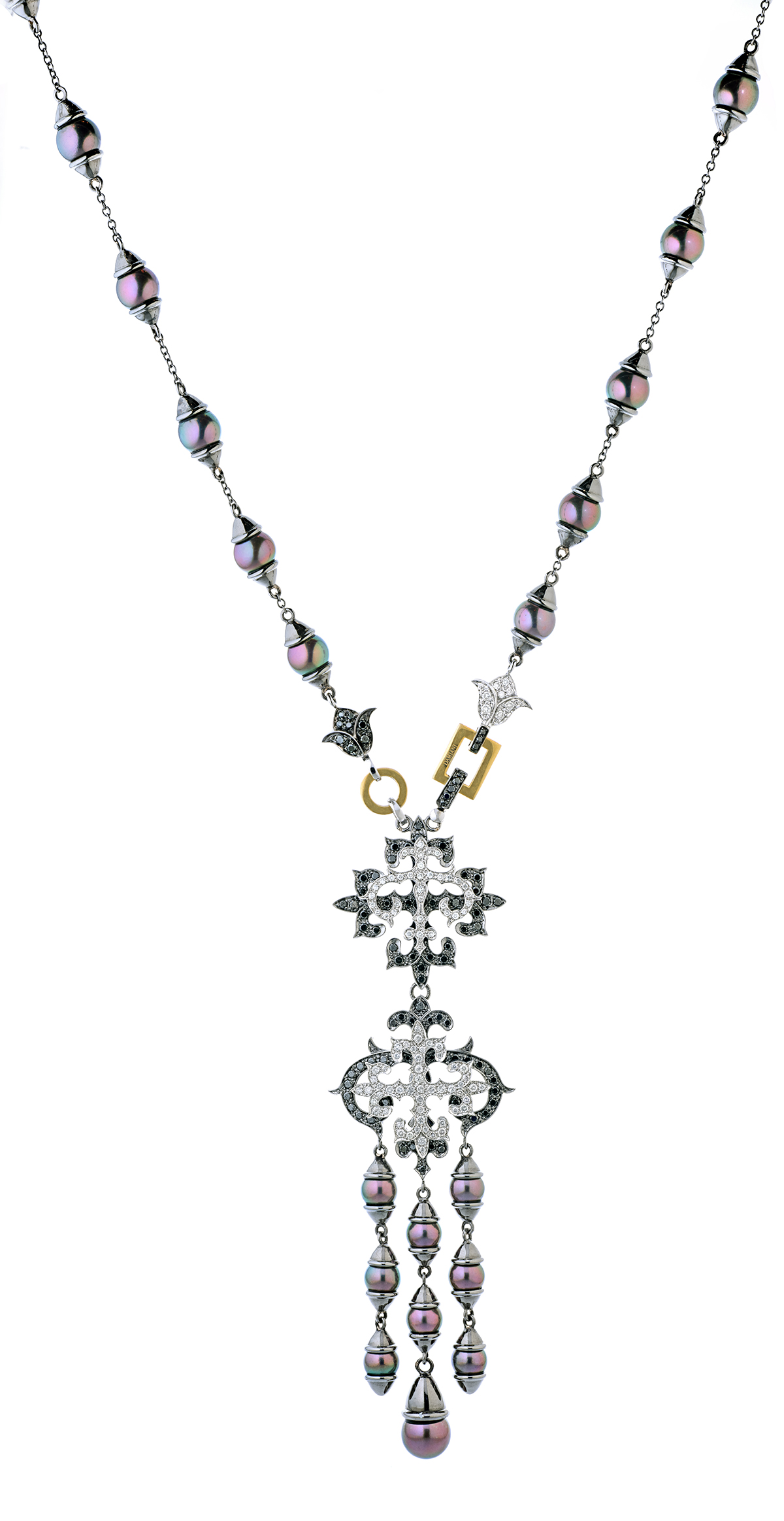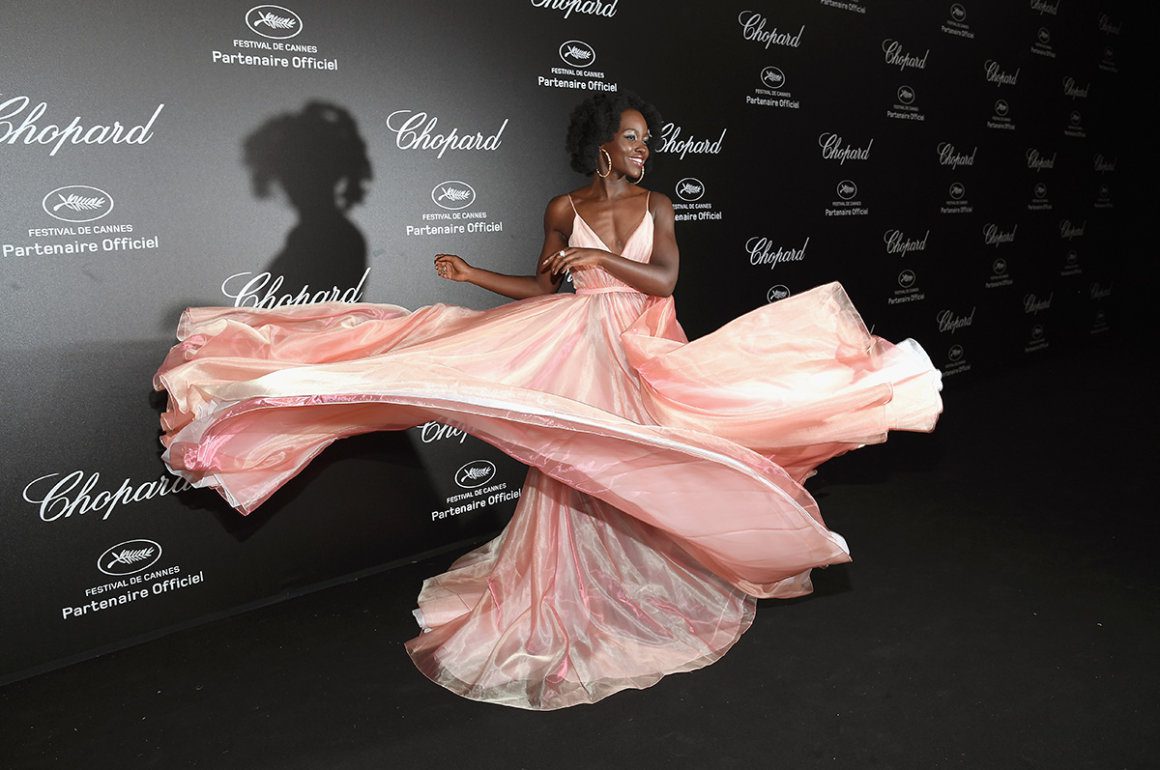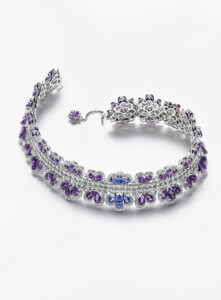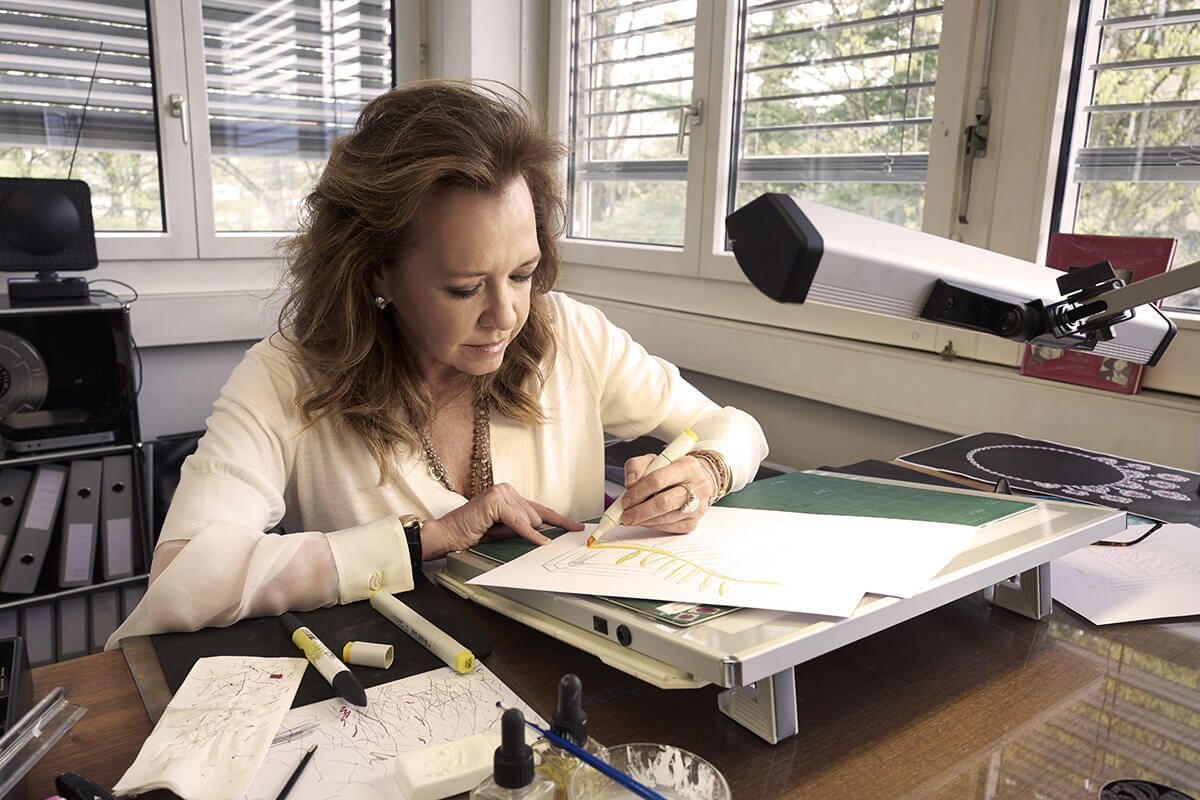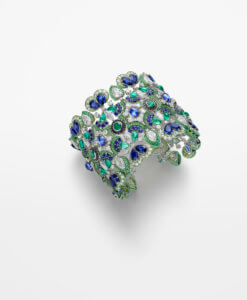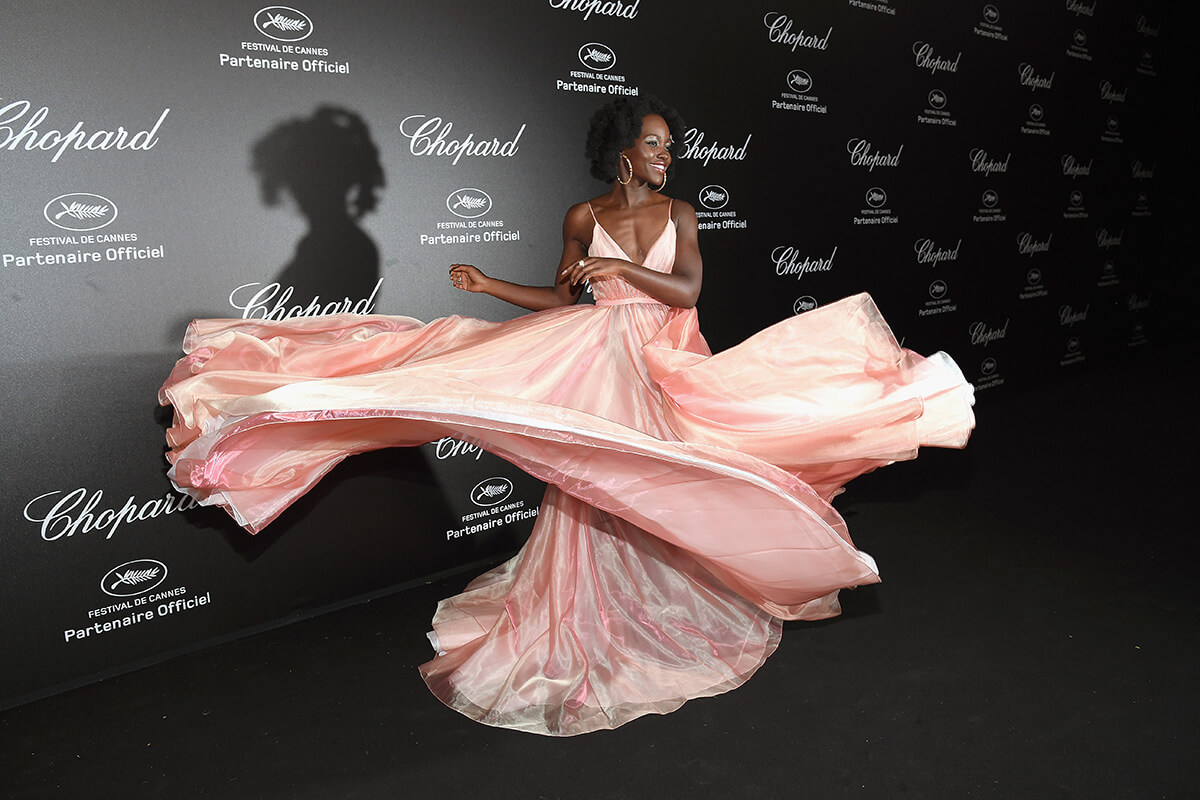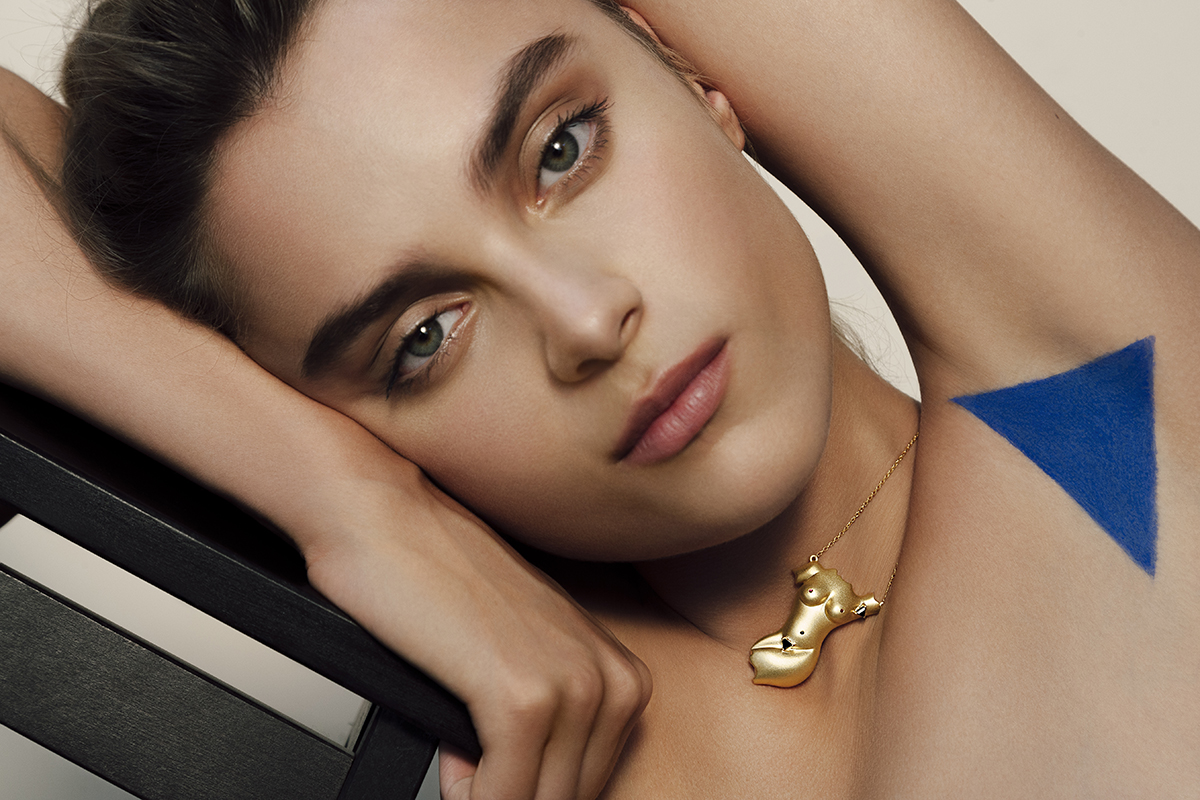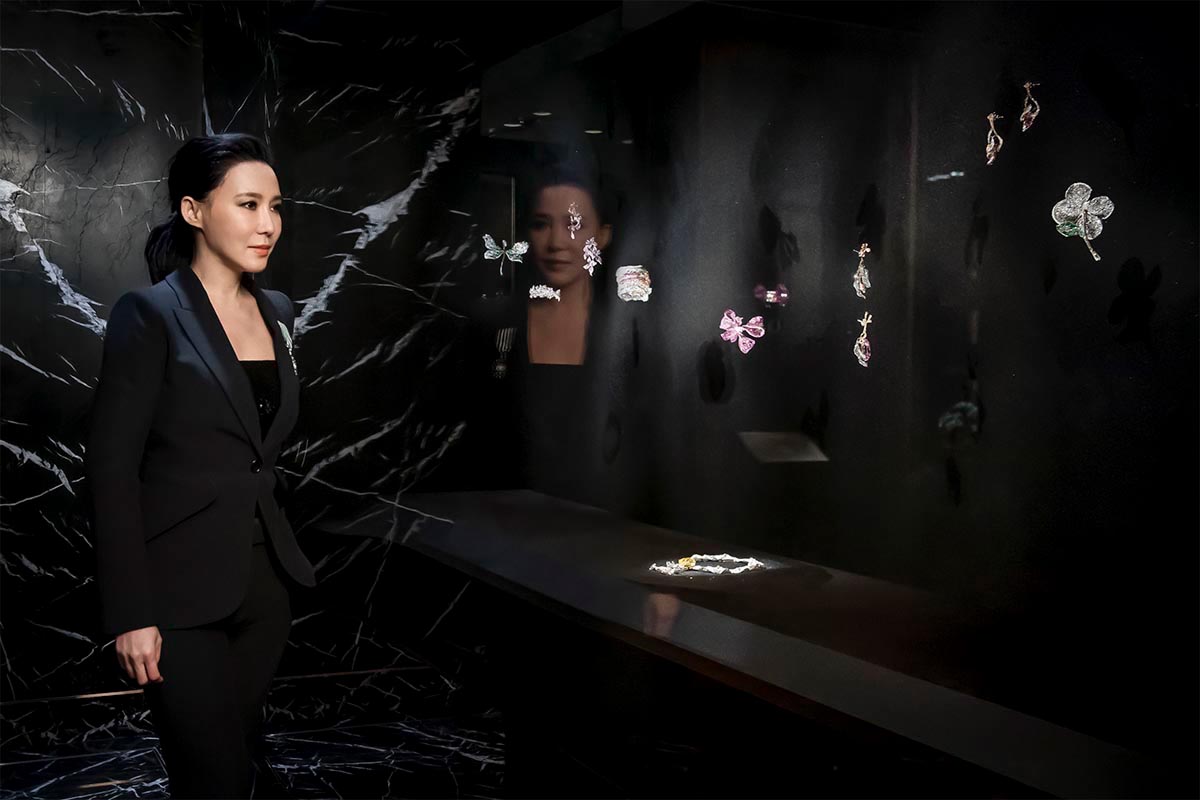
Cindy Chao at the new Cindy Chao The Art Jewel Gallery. Courtesy of Cindy Chao The Art Jewel
Cindy Chao is known for fusing art and jewellery to create unique collectibles. Here she speaks to LUX about the importance of her heritage, emotions and craftsmanship
LUX: How has your upbringing shaped your career?
Cindy Chao: Creating art jewels, for me, is a continuation of my family heritage. My grandfather was an architect who always took me to the construction sites of his architectural projects. I was trained from a young age to see the world in a structural and spatial way. My father was a sculptor. He taught me to take into account each angle, form and expression of what I observe, and to transform observations into well-rounded creations.
Both my grandfather and father moulded who I am today. Having the mind of an architect helps me to visualise my compositions three-dimensionally, and with the hands of a sculptor, I am able to pour life and emotion into my wax sculptures.
LUX: How do you bring the two disciplines of jewellery and art together?
CC: My vision is to bring art and jewellery together by redefining how jewellery pieces are created and perceived. If a great piece of art must transcend culture, language and geographical boundaries in order to be widely understood and appreciated, the same should be true for jewellery. Thus, I hold the belief that every piece of fine jewellery should be a miniature artwork in a wearable form.
My jewellery creations are an extension and an expression of my emotions and soul. They carry the thoughts and the mood I experience when I obtain inspiration during the creation process. By combining my creativity with high-quality craftsmanship, I aim to imbue my art jewellery pieces with collectible value.

Cindy Chao The Art Jewel Gallery Gravity-free Showcase.
LUX: Can you share some insights into the process of creating your pieces and the techniques and materials you prefer to work with?
CC: I always view the world from a three-dimensional perspective, so my creations are very architectural, sculptural and organic, and can be appreciated from every angle.
I start every creation with wax sculpting, which is where I sculpt a wax block into a 1-to-1 ratio sculpture of the jewellery piece in my mind. The process is an ancient technique, once widespread in Europe in the 18th-19th centuries. This enables my work to be three-dimensional throughout the project.
Follow LUX on Instagram: luxthemagazine
I am particularly fond of crafting my works in titanium. Being one of the lightest types of metal, titanium can effectively reduce the weight of the entire piece; however, its toughness and extremely high melting point also make the forging and setting extremely difficult, and any mistake would cause the whole crafting process to start over again. Using the toughest metal to form the softest curvature has always been an ultimate goal of mine.
Recently, I’ve been working on using unconventional materials in my jewellery pieces. For example, ox horn, maple wood, and golden ebony are applied and combined with titanium, 18K gold, silver, and various precious stones. These organic materials lack malleability and require careful evaluation, selection, and calculation of the joining positions and angles between the metals and unconventional materials.
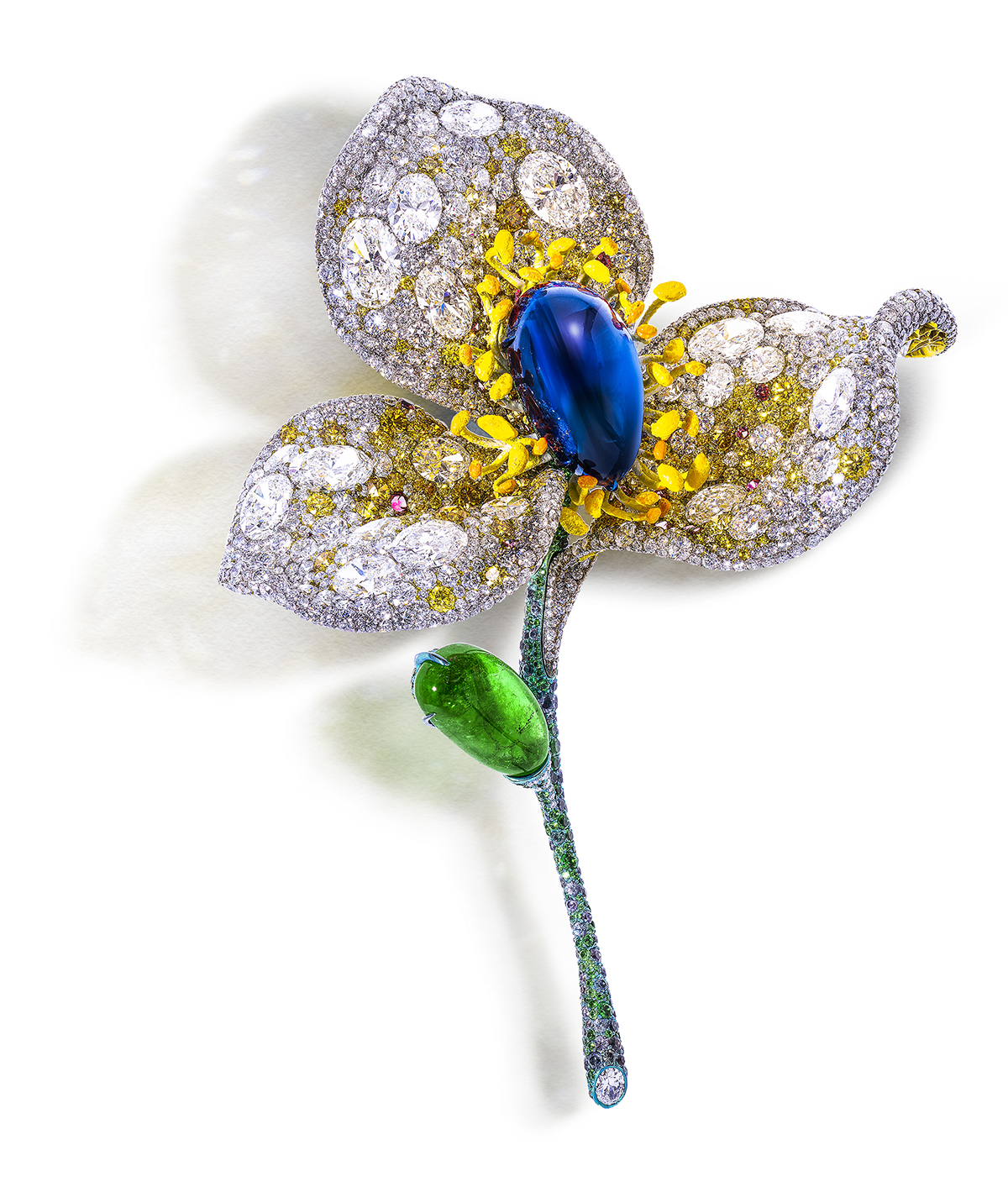
Sapphire Floral Brooch from the White Label Collection
LUX: Which of your pieces are you most proud of?
CC: I believe that a good work is one that, when you look back, leaves you with no regrets, and with no room to think, If I had another six months, I could have done better.
I believe my latest 2022 Black Label Masterpiece Spring Cardamom Brooch is one of those “no regrets” works.
I created a pair of Spring Cardamom Brooches, inspired by freshly sprouted Cardamom pods, to express the vitality and hope of a new Spring. The brooches feature two oval-shaped cabochon Colombian emeralds of nearly 81 carats each. Next to the emeralds are two glistening hollow diamond spheres that are composed of several fancy rose-cut diamonds. The juxtaposition of a large emerald and the hollow diamond ball is my exploration of the coexistence of the abstract and real.
The brooches were also my attempt to accentuate sculptural aspects with colour science. I truly wanted to create a sense of dimensionality through the undulations, color arranging, gem setting and light. They were set with 28 shades of green gemstones, complemented by yellow and brown diamonds.

2022 Black Label Masterpiece X and XI, Spring Cardamom Brooches
LUX: Can you tell us about your annual butterfly masterpieces and what inspired you to start creating these every year?
CC: My first annual butterfly was completed in 2008, the fourth year after I founded the brand and at a time when I was still establishing myself as a jeweller. It was very challenging for me at the beginning, as an artist and as a brand, and I did not know how long I could persevere. I embarked on this butterfly creation with a feeling that it might be the last piece of work in my life. Even if my creative period ended that way, I wanted it to be special.
The short yet splendid life of a butterfly deeply inspires me. It reminds me that even though human life is brief and fragile, we should constantly undergo metamorphosis, surpassing our limits, and ultimately live a brilliant and meaningful life.
It took me a whole year to create my first butterfly, the Ruby Butterfly Brooch, and I poured all my efforts into it. From the front, you may only notice the pair of rubies on the butterfly, but when turning it over, you discover that the entire butterfly is fully set in a three-dimensional manner from the side to the back. The “side-flying” butterfly with its wings folded together and not yet fully spread, as if it had just emerged from the cocoon and was about to take off, symbolises my state of mind at the time.
From then on, I decided to use the “Annual Butterfly” as a symbol of transformation for both an artist and a brand.

Sweet Violet Earrings from the White Label Collection
LUX: On the note of butterflies and metamorphosis, can you speak about your evolution as a jewellery designer?
CC: My growth as an artist is closely related to confidence, which is crucial for creating good works, but it requires time to accumulate through experience. My increased confidence is reflected in two aspects: first, simplified lines and “subtraction” in my work. Because I have mastered the techniques, I don’t need as many lines to present a piece anymore. Second, there is a breakthrough in colour. Comparing the first “Ruby Butterfly Brooch” with the latest “Aurora Butterfly Brooch,” one will notice that I have become bolder in my use of colour. Just like a painter, the colour tension in early works and later works is certainly different.

The Aurora Butterfly
LUX: In what ways is Asian culture particularly important to you, and how is this reflected in your work?
CC: Influenced by my grandfather and father, I received an education in aesthetics from an early age. My creations are imbued with a traditional Chinese style of “impressionism”, using depictions of nature to express emotions. In my works, I want to showcase a harmonious blend of structural forms and artistic conception, brimming with a poetic and emotive essence.
LUX: You have achieved many accolades in your career, from your pieces being selected for Christie’s auctions to being featured in the Smithsonian National Museum of Natural History and the V&A. What would you say has been the highlight of your career so far and why?
CC: I am grateful for the acknowledgement from esteemed international institutions such as museums, art fairs, and auction houses over the past few years. These commendations have not only been instrumental in building up a firm foundation for my brand, but also instilled within me a profound sense of confidence.
Read more: Veuve Clicquot CEO Jean-Marc Gallot on the spirit of the iconic brand
In November 2021, I received the “Chevalier de l’Ordre des Arts et des Lettres” distinction from the French Ministry of Culture. This is definitely a highlight of my artistic career. France – being one of the birthplaces of jewellery art with its extensive history and cultural heritage – has consistently equipped me with abundant inspiration and nurtured my creative endeavours. I feel deeply honoured to be recognised for my vision and contribution in bridging eastern and western cultures through art, and I am aware of the great responsibility that lies ahead.

Sapphire Dragonfly Brooch from the White Label Collection
LUX: What would you say is the overall message you are conveying through your work?
CC: Our lives are finite, whereas genuine art possesses the ability to withstand the trial of time, transcend time, and be passed on from generation to generation.
LUX: You have broken boundaries as a Taiwanese woman in a male-dominated, Western-centric industry. Are you hopeful for the future of other Asian women in the jewellery, art and luxury markets and how do you hope to see your legacy continue?
CC: I am optimistic about the future of Asian female artists as they are gaining global recognition for their immense talent. The opportunities for women in Asia are vast and promising.
My team and I have created our own unique path on this journey, and we aim to continue the growth in the following decades to come, and to become a truly global brand that embraces its Asian heritage. In order to preserve this craft within the wider jewellery industry, I feel it is important to teach and inspire young talent to embrace this age-old knowledge and savoir-faire of jewellery-making.

The making of the Spring Cardamom Brooches
LUX: What would you say differentiates a jewellery piece which is a collectible from one which isn’t?”
CC: The value of a collectible jewellery artwork includes two aspects: rare gemstones and artistic value.
Firstly, top-grade rare gemstones are the primary element that gives jewellery pieces their collectible value. As a new investment vehicle, the market trend for rare gemstones has garnered increasing attention in recent years.
Artistic value is also one of the elements that contribute to the collectability of jewellery pieces. Collectible art jewellery possesses aesthetic, intellectual, and philosophical value beyond ordinary commodities. Artists dedicate themselves wholeheartedly, infusing their emotions into their creations, allowing their pieces to convey the artist’s unique creative stories and inner world.
All images courtesy of Cindy Chao The Art Jewel
Find out more: www.cindychao.com

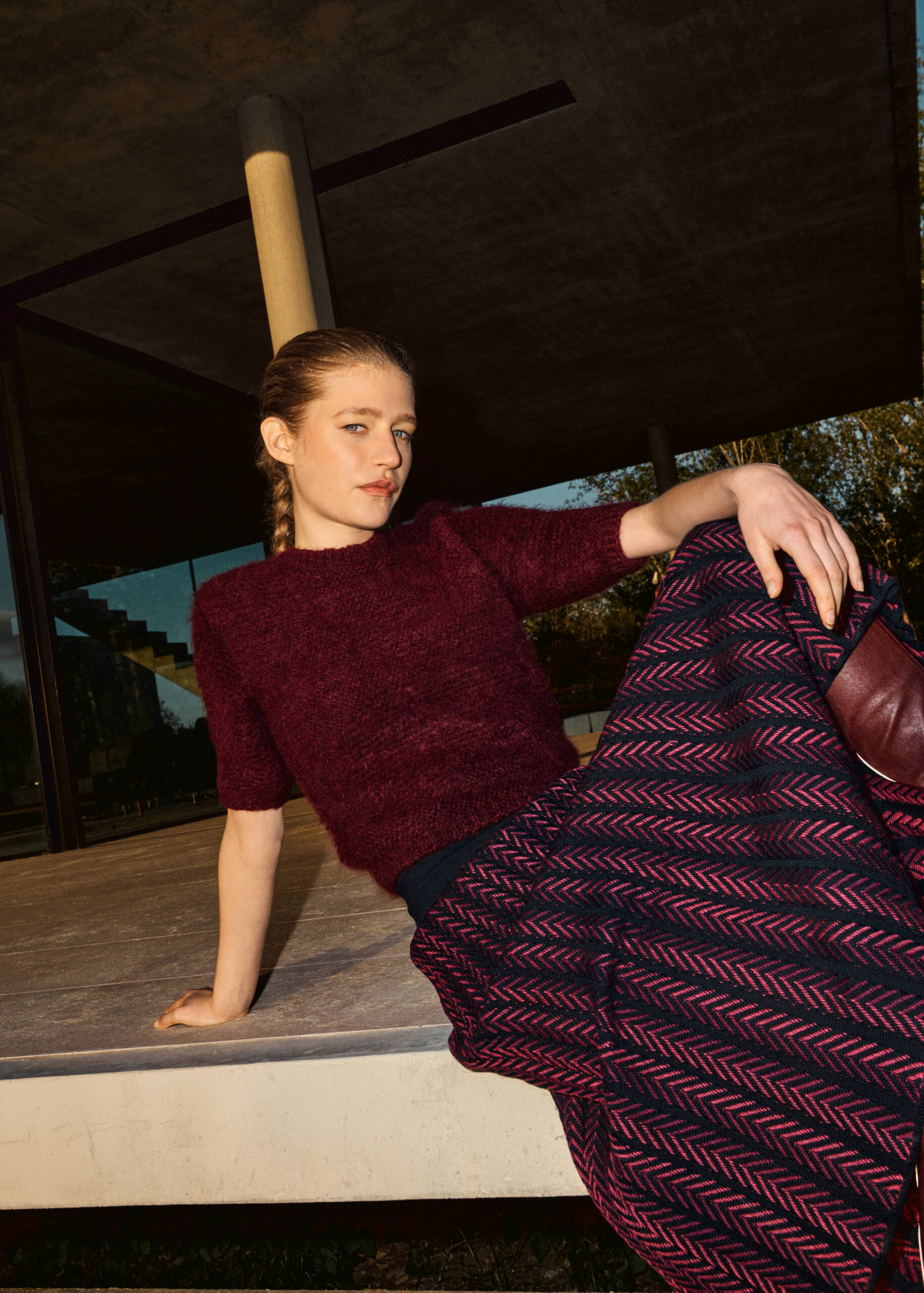


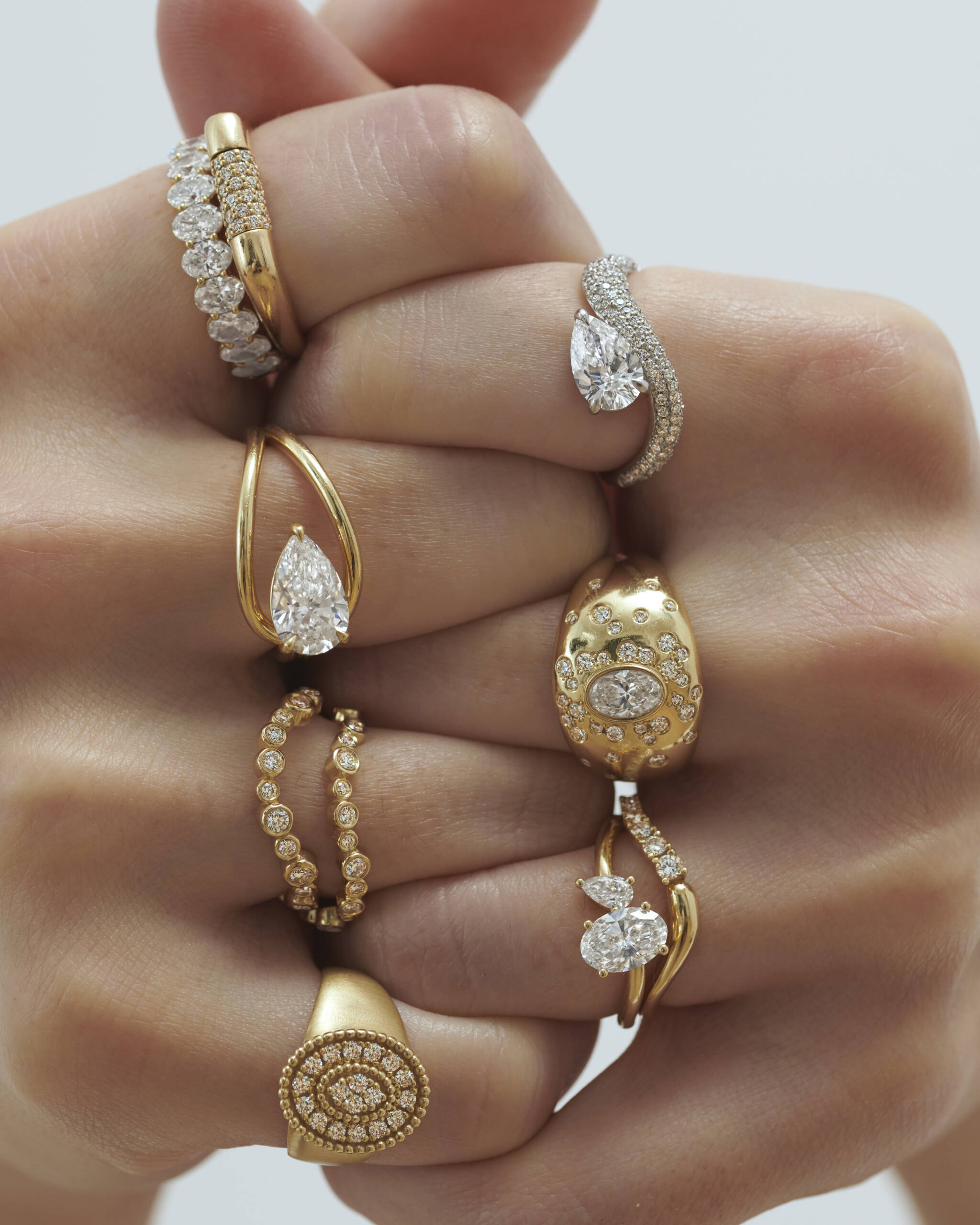
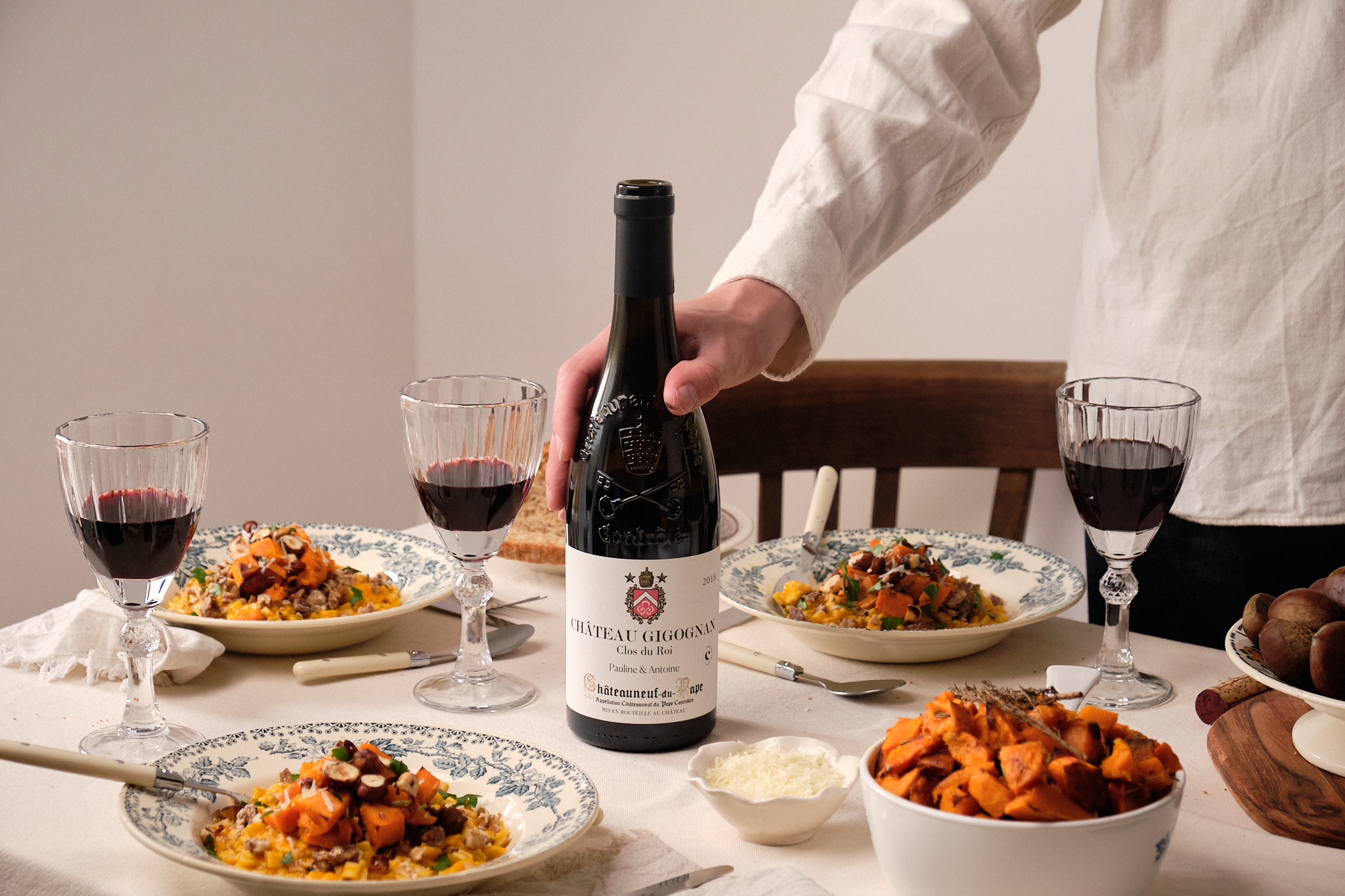














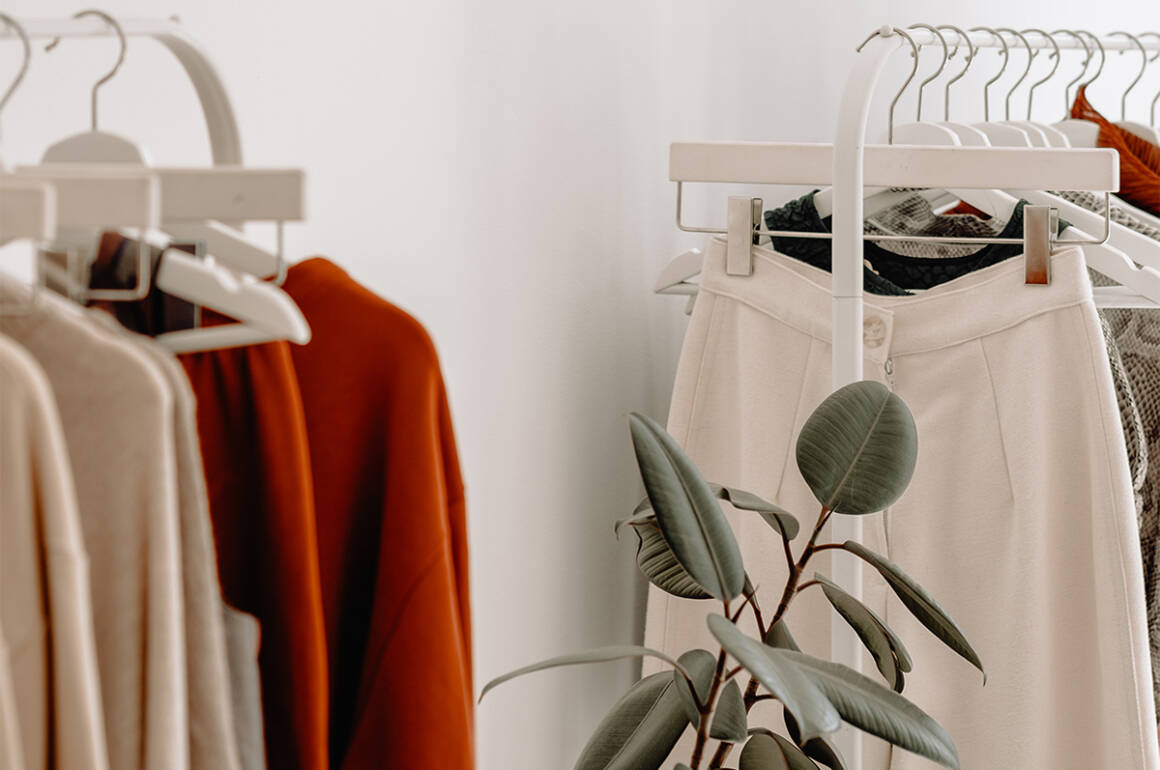




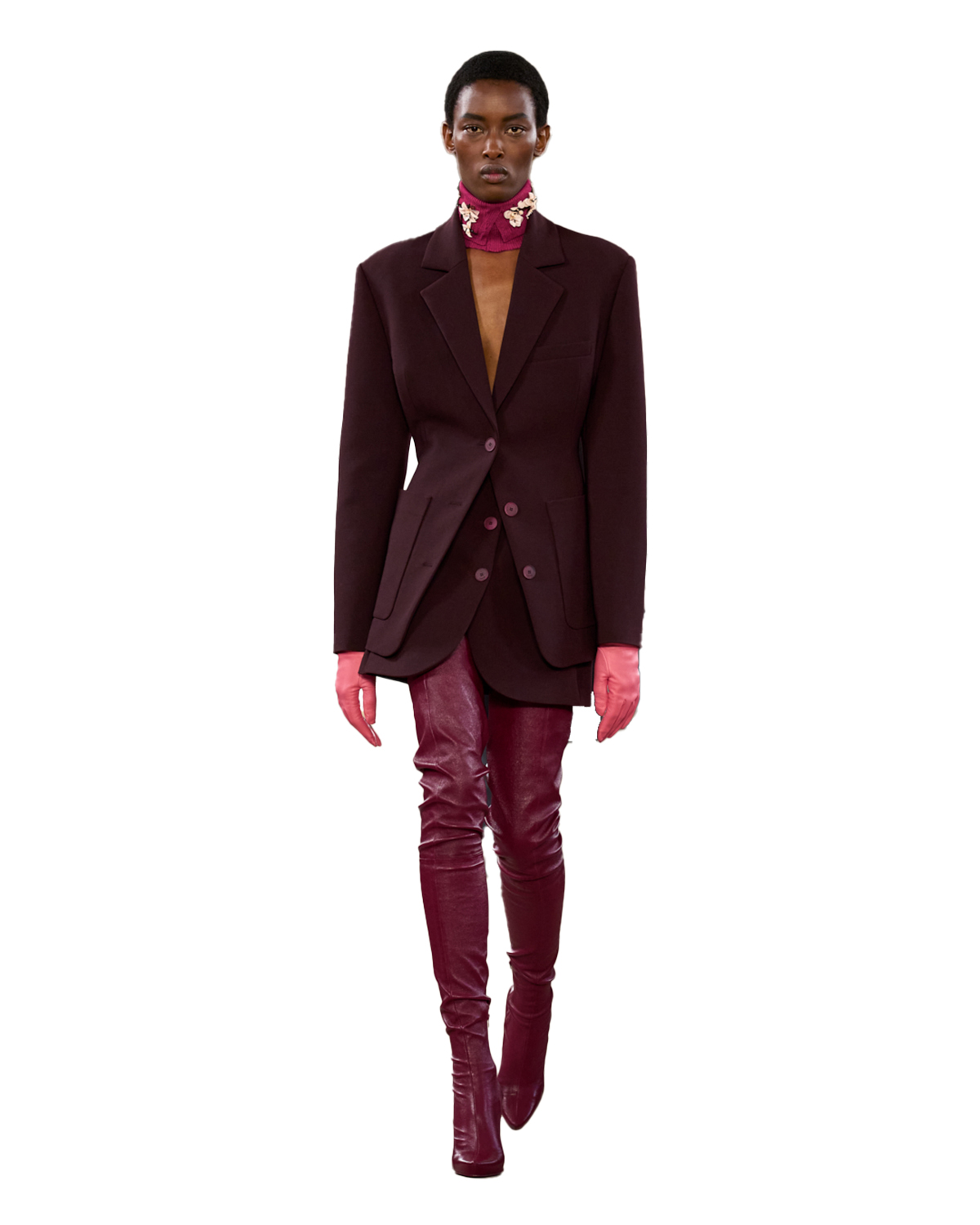









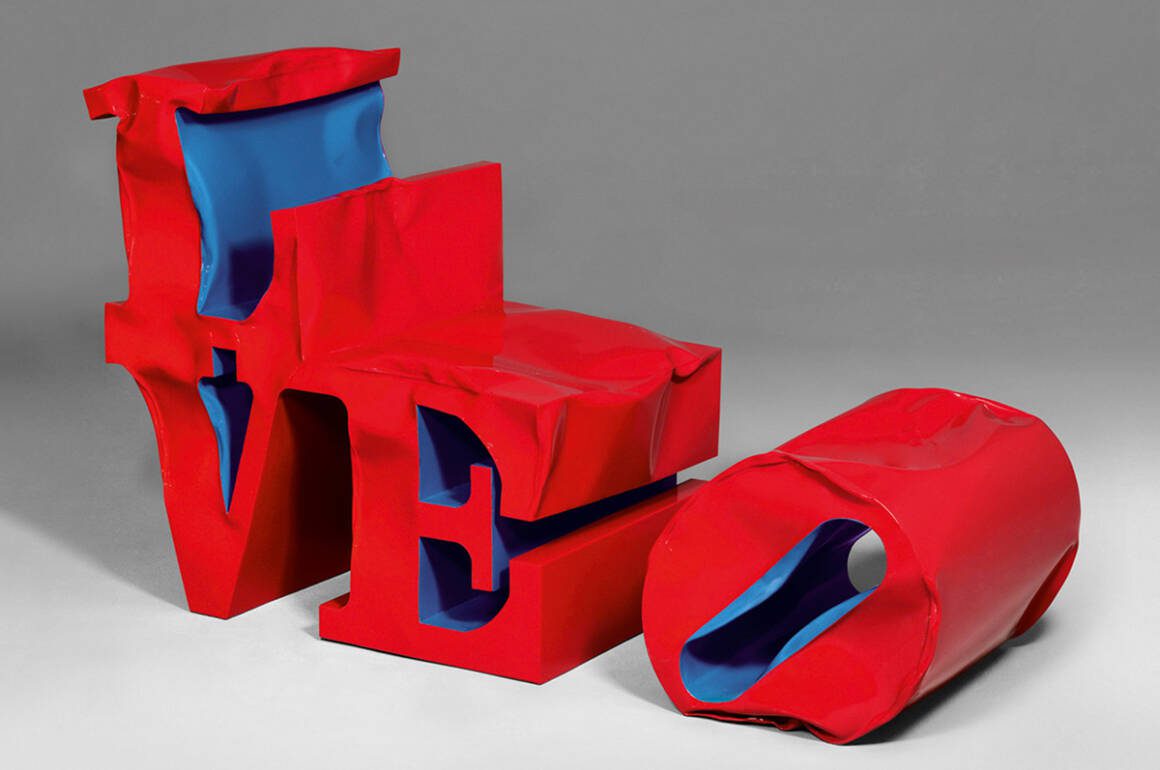
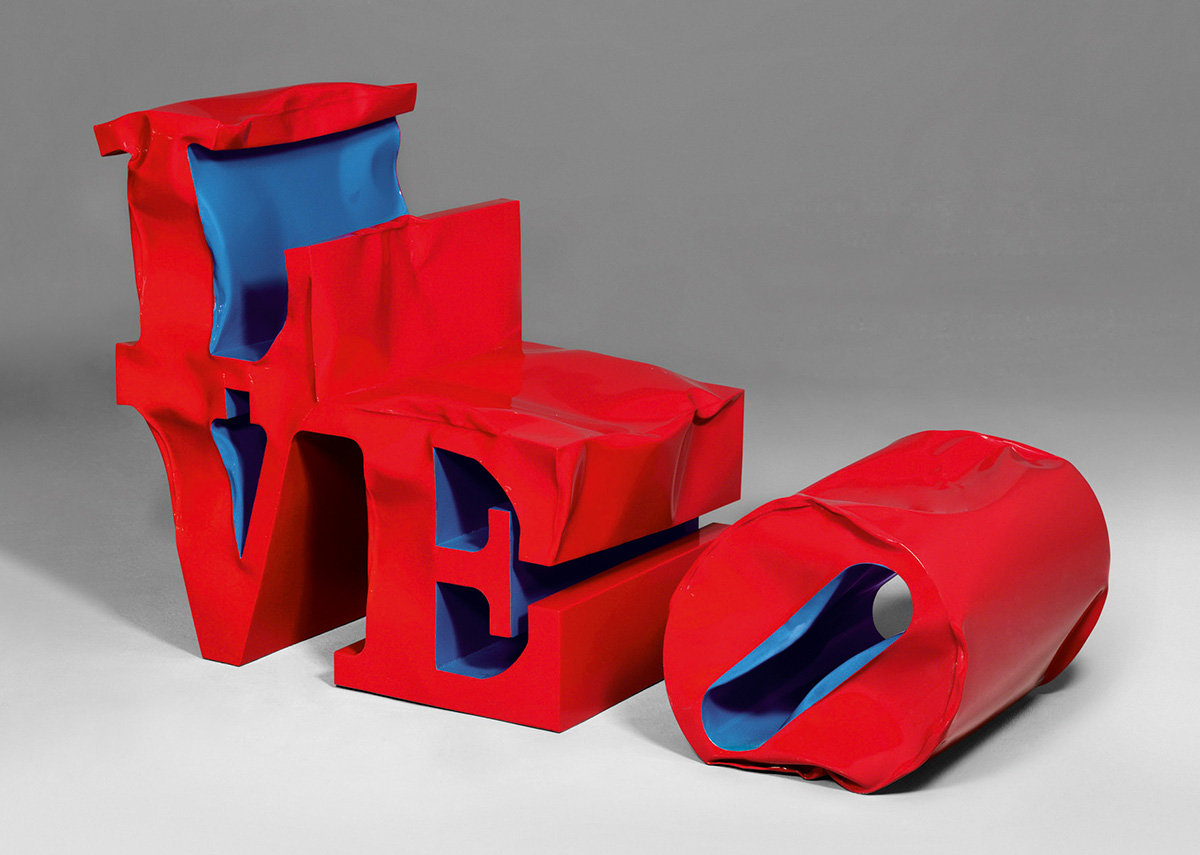




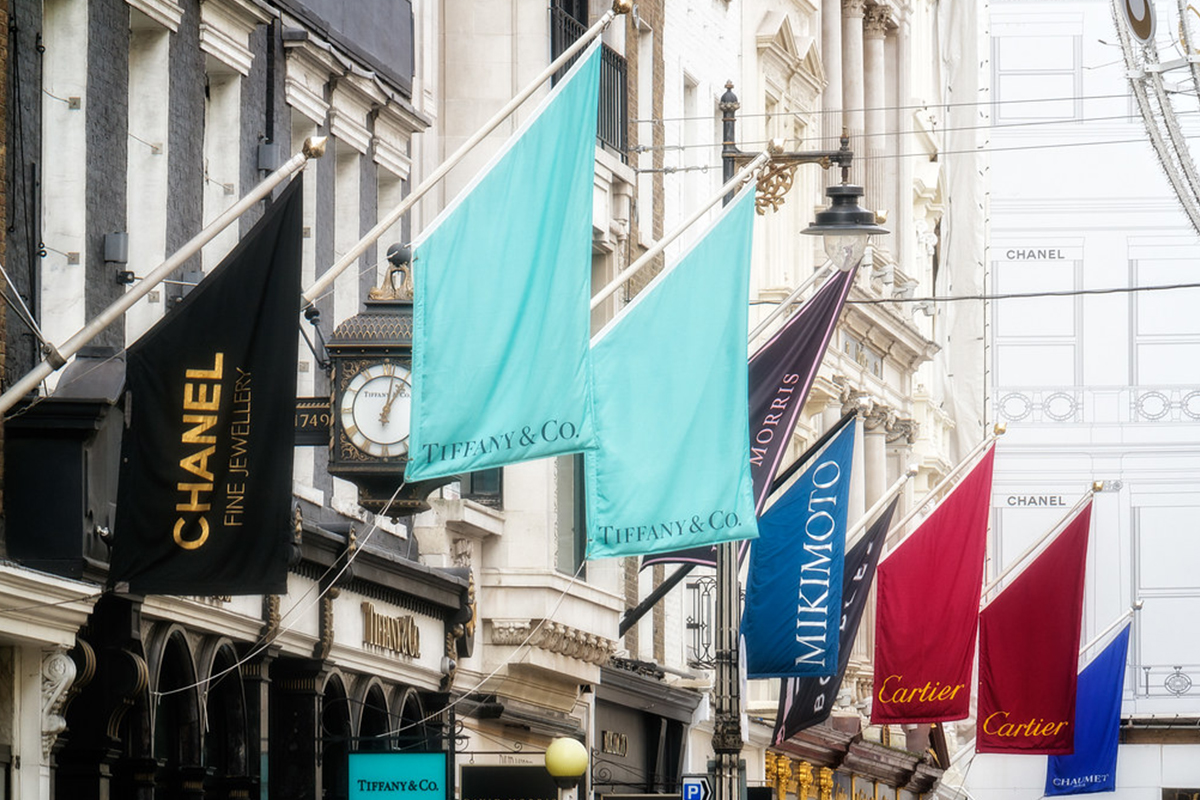

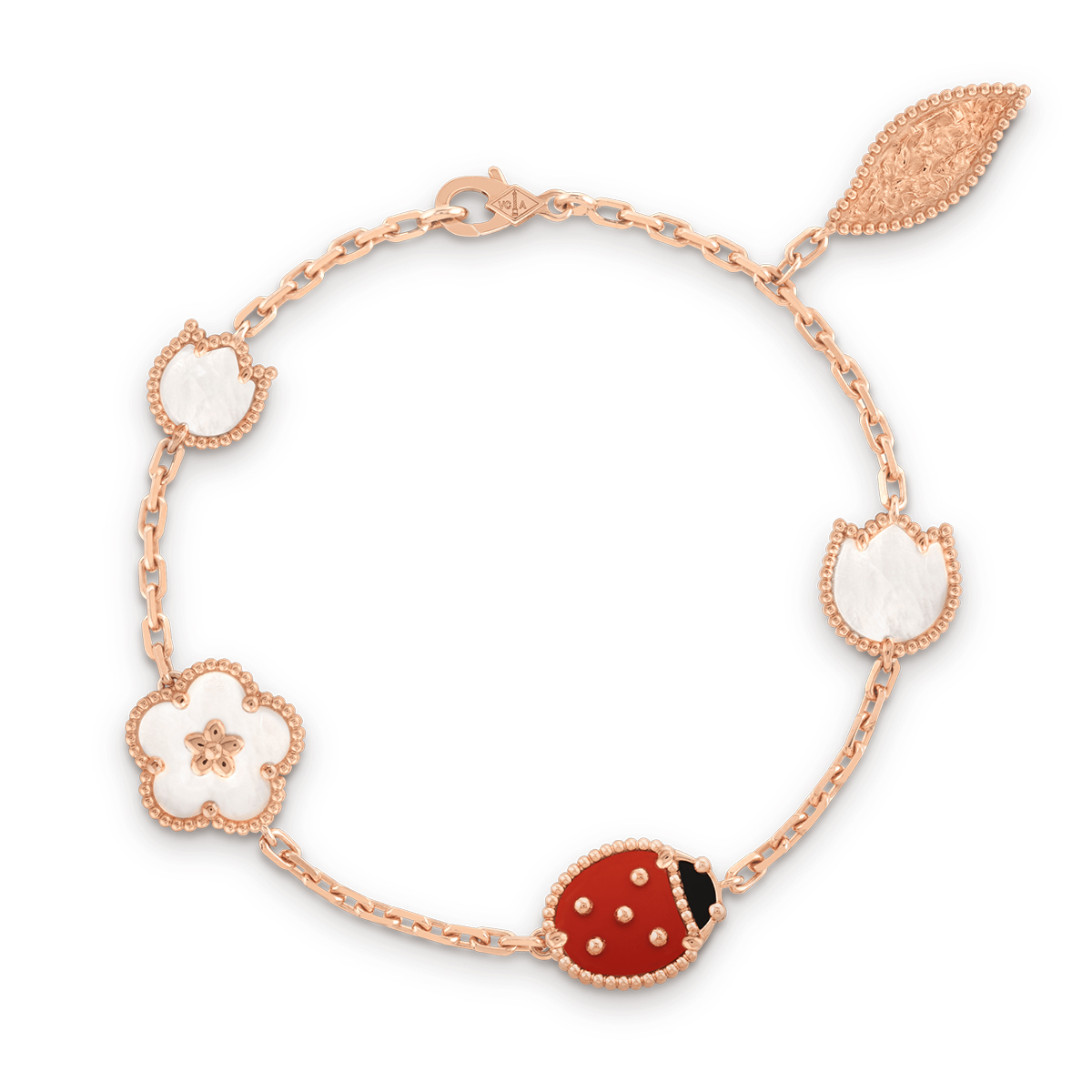
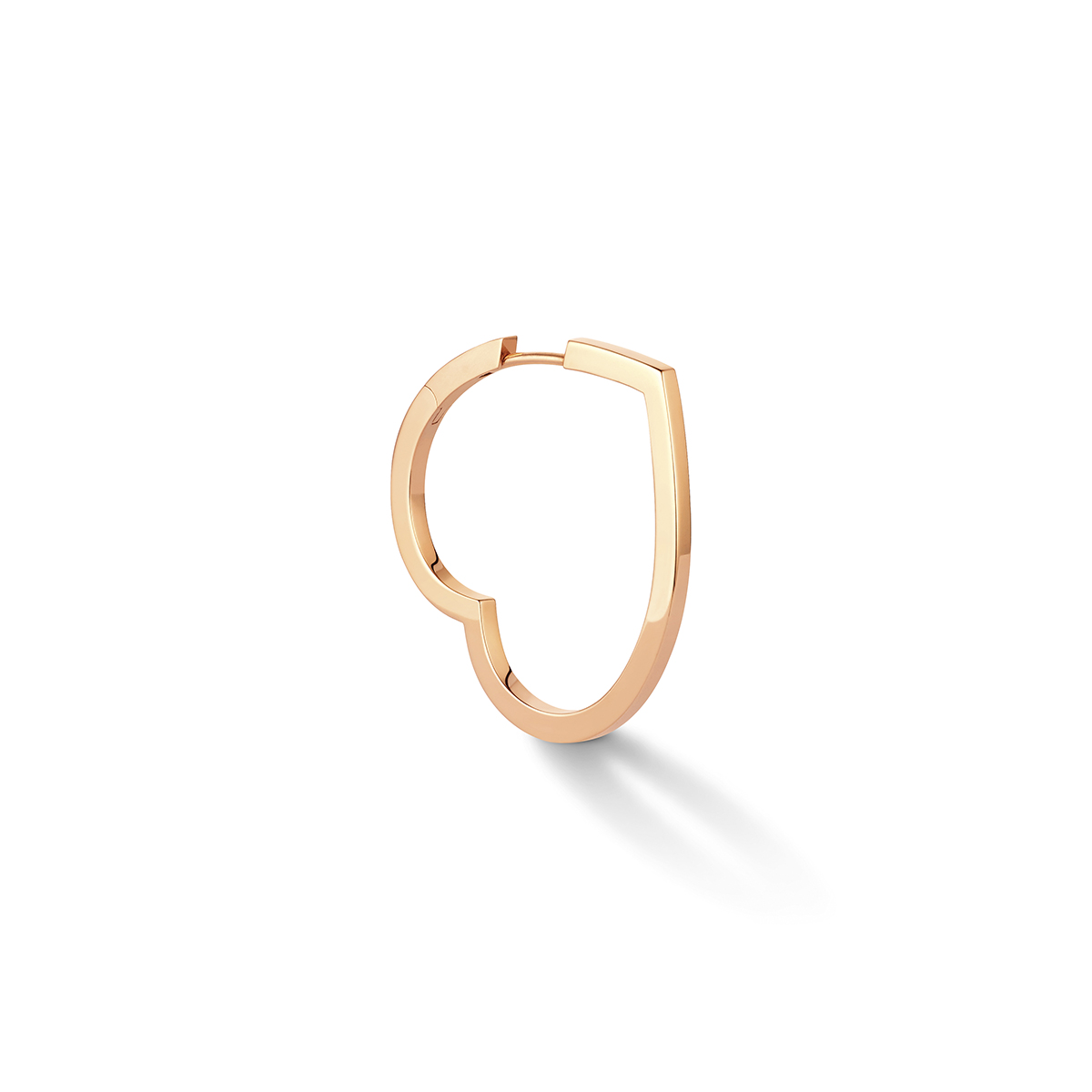








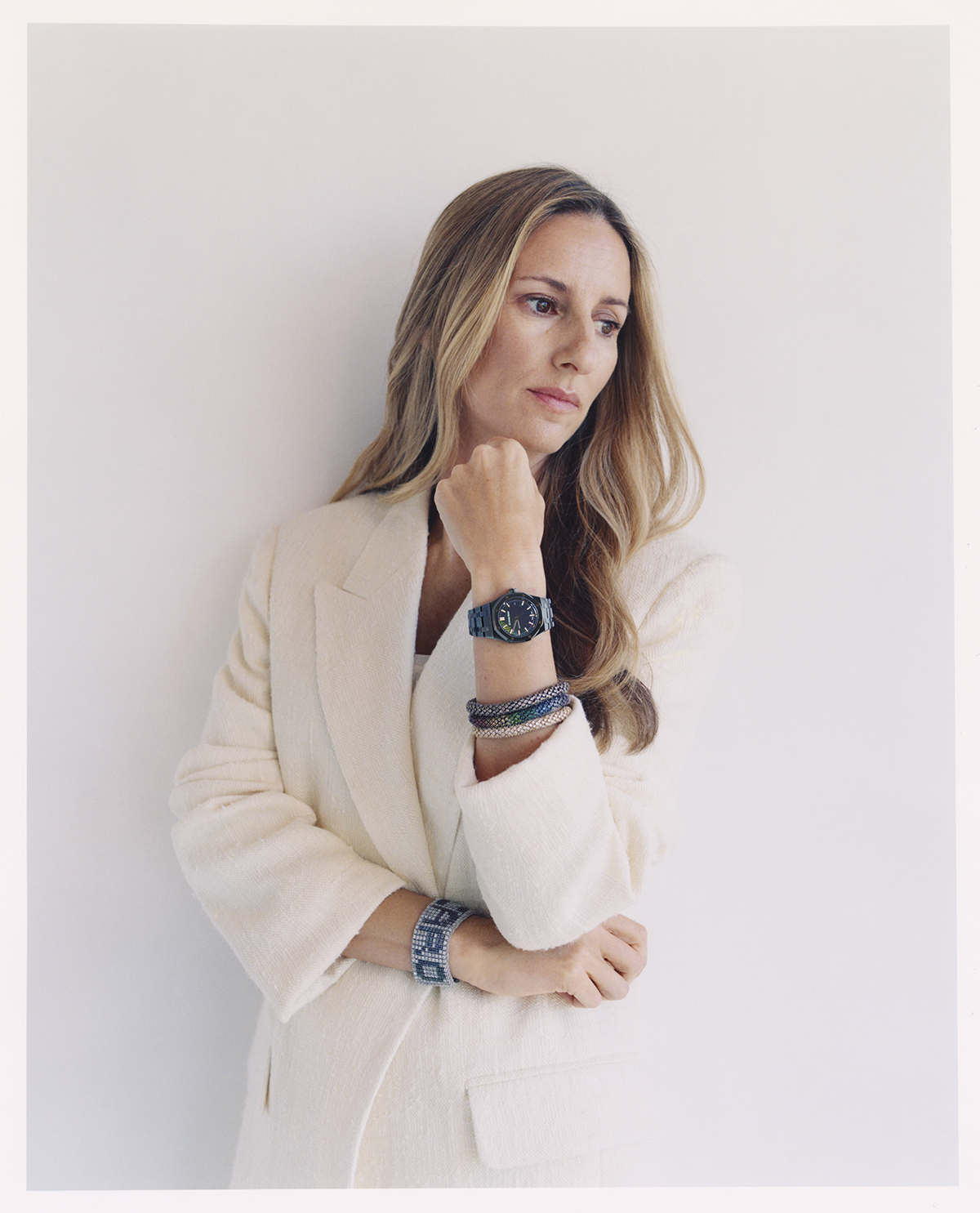














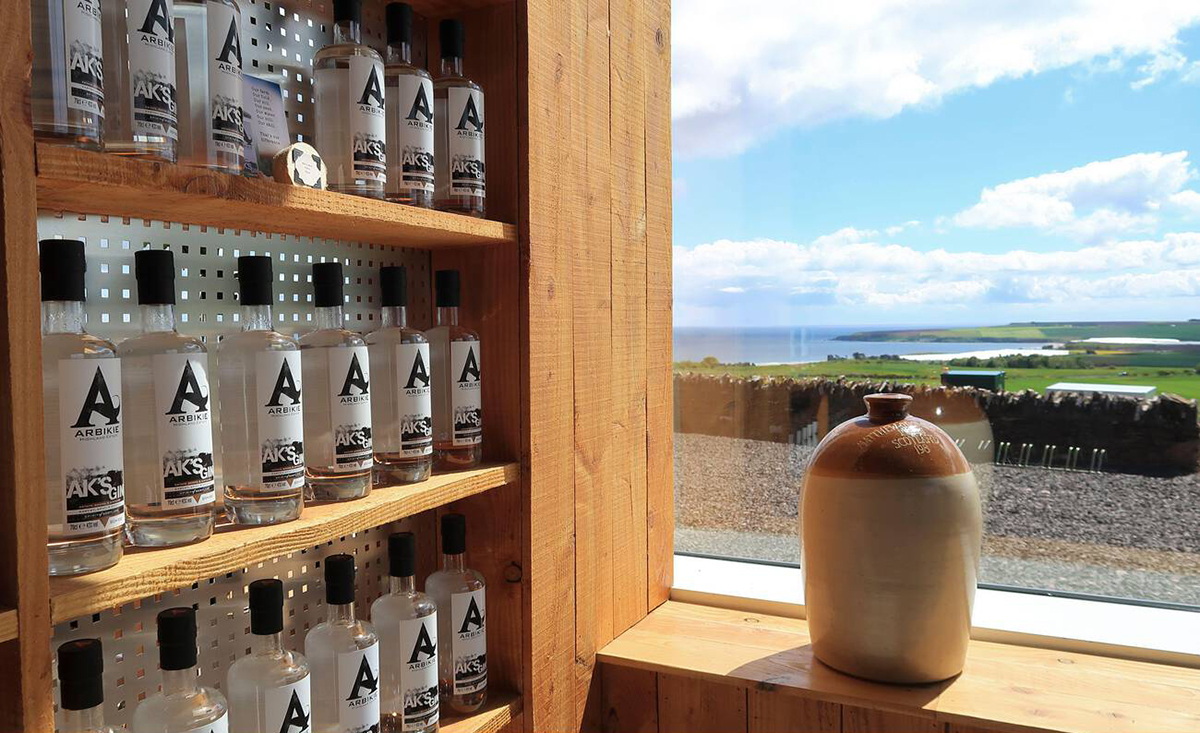









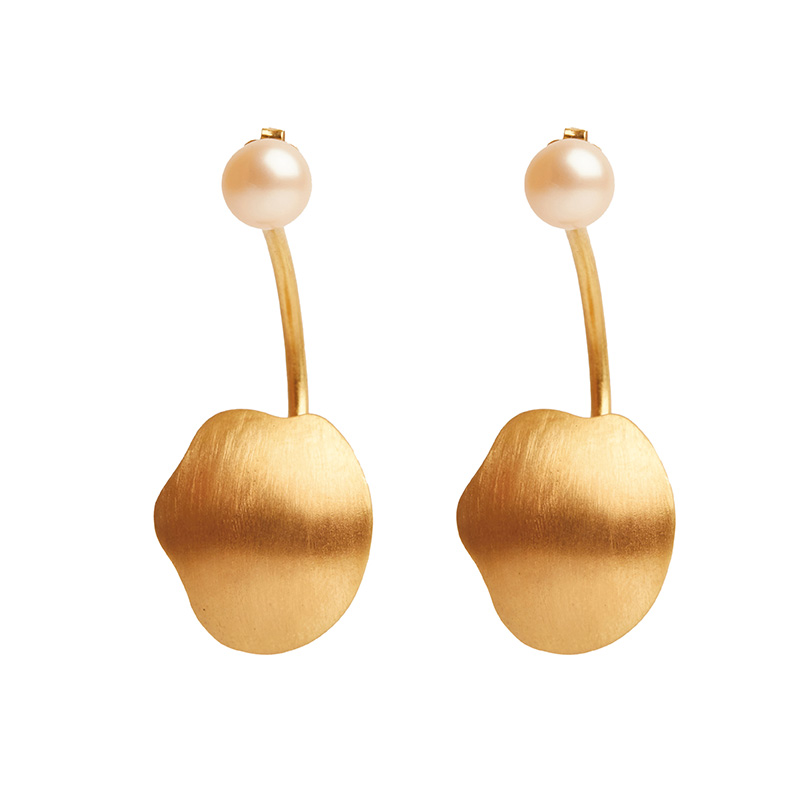



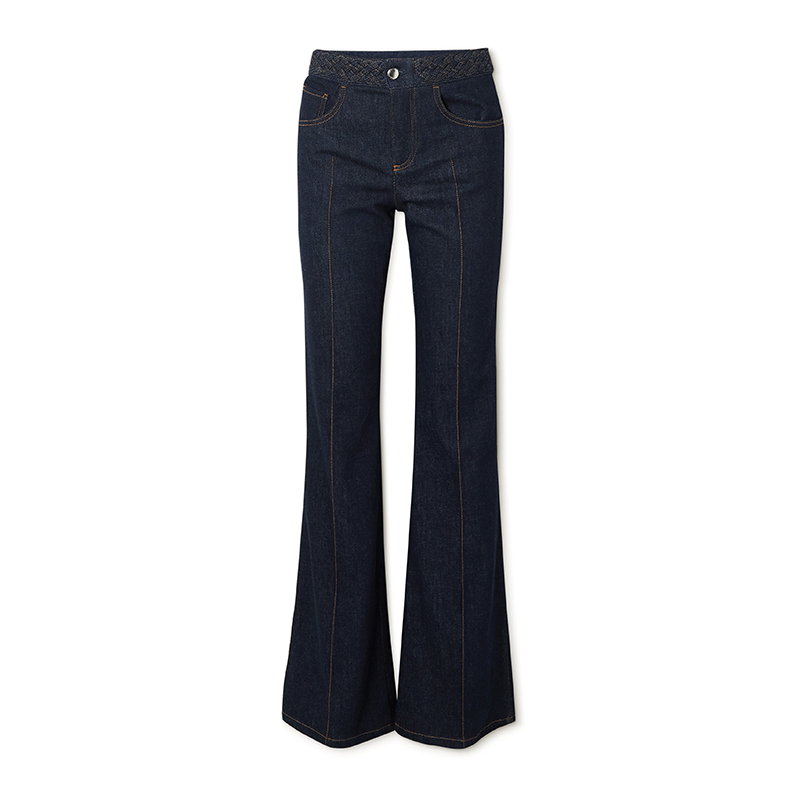

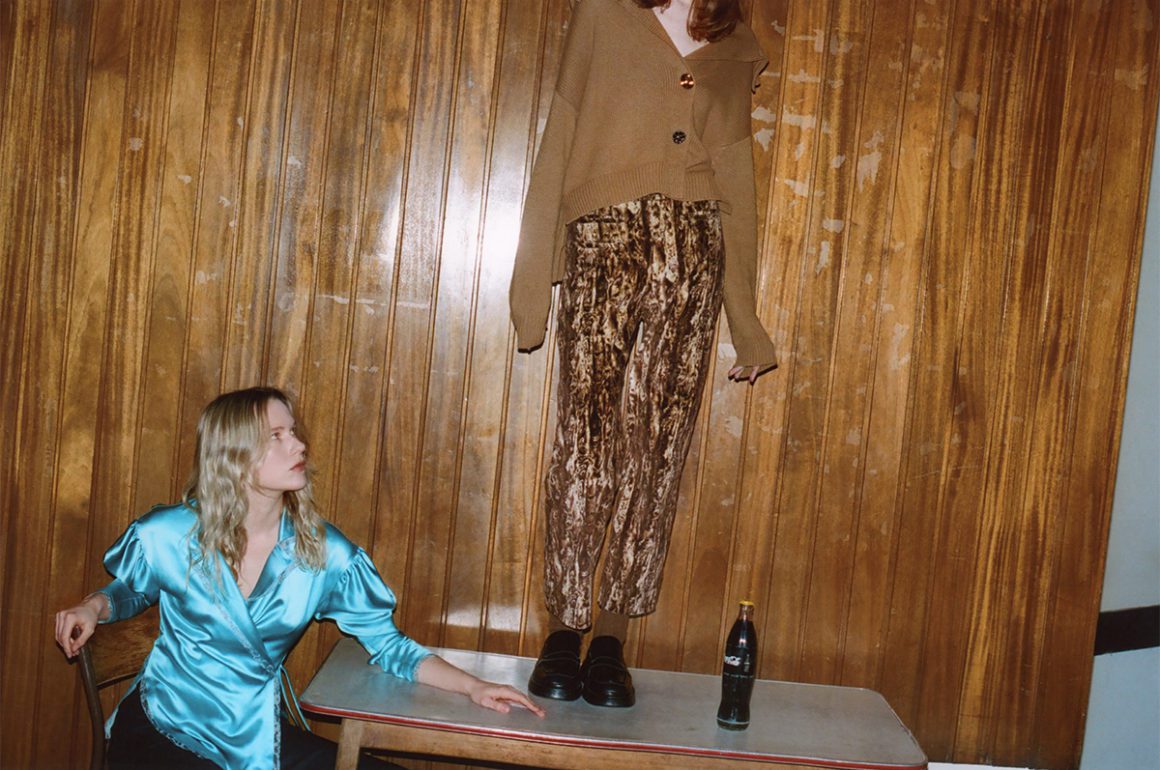



















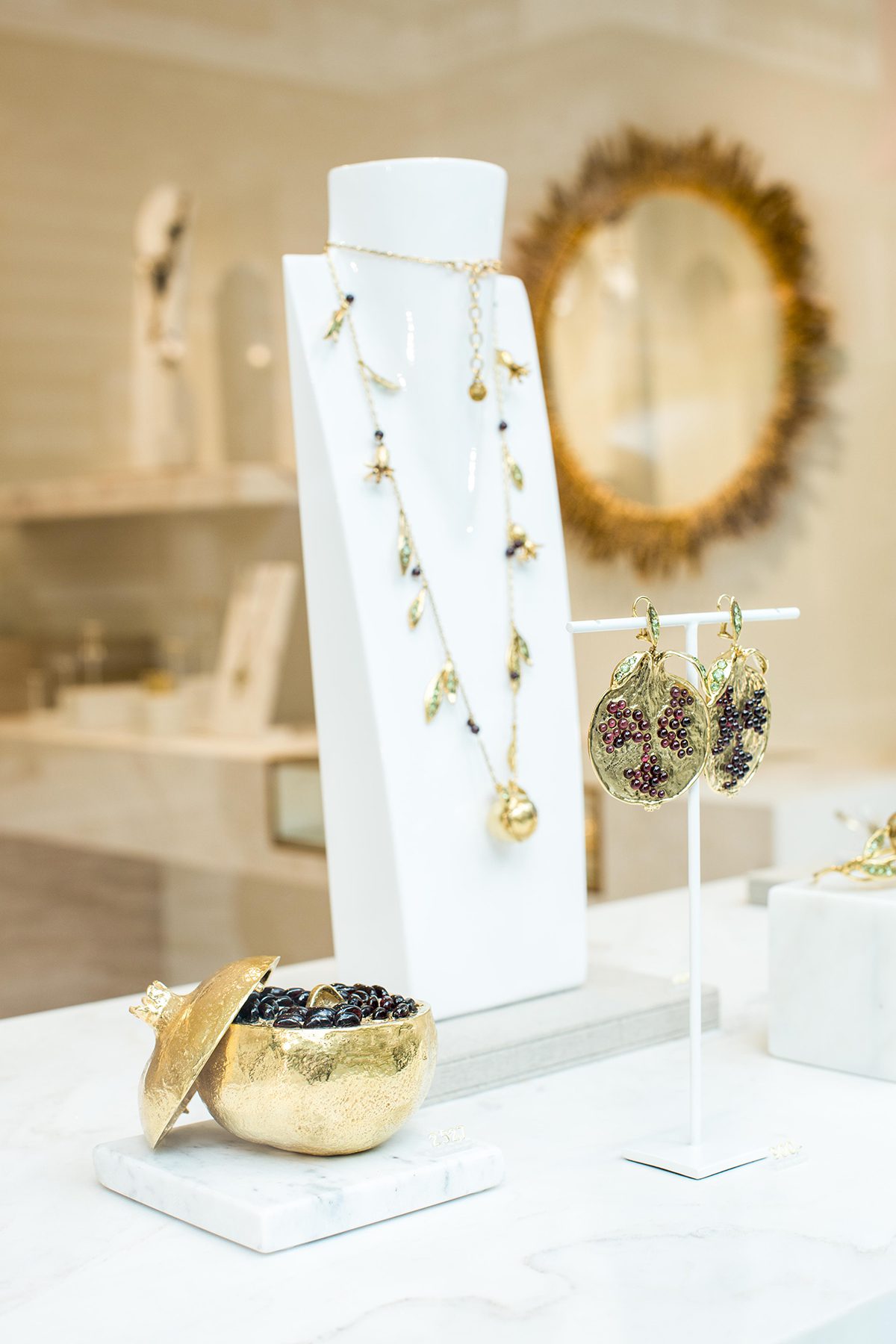



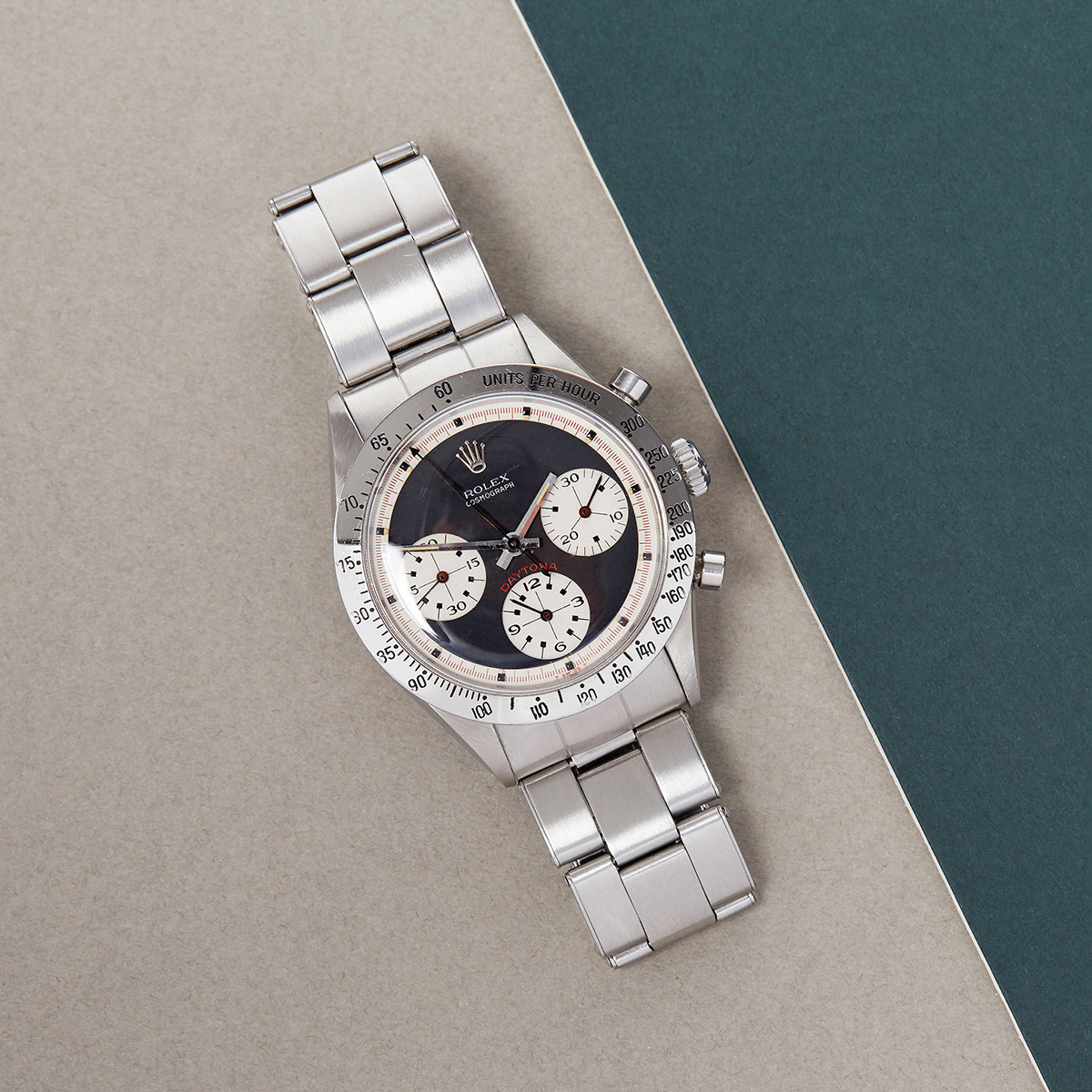















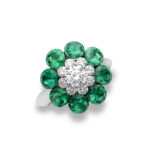 When Chopard’s artistic director and co-president,
When Chopard’s artistic director and co-president, 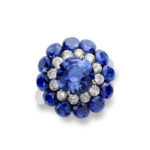 The custom of saving something for best may have fallen out of favour and after several months of lockdown and the tedium of
The custom of saving something for best may have fallen out of favour and after several months of lockdown and the tedium of











